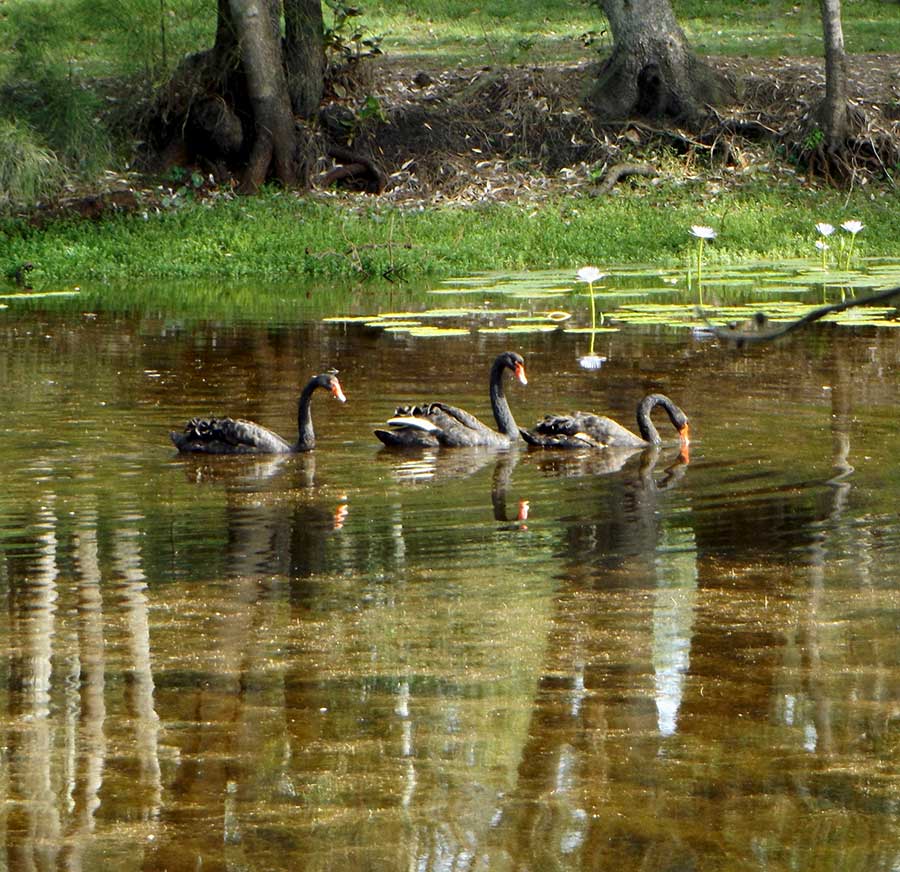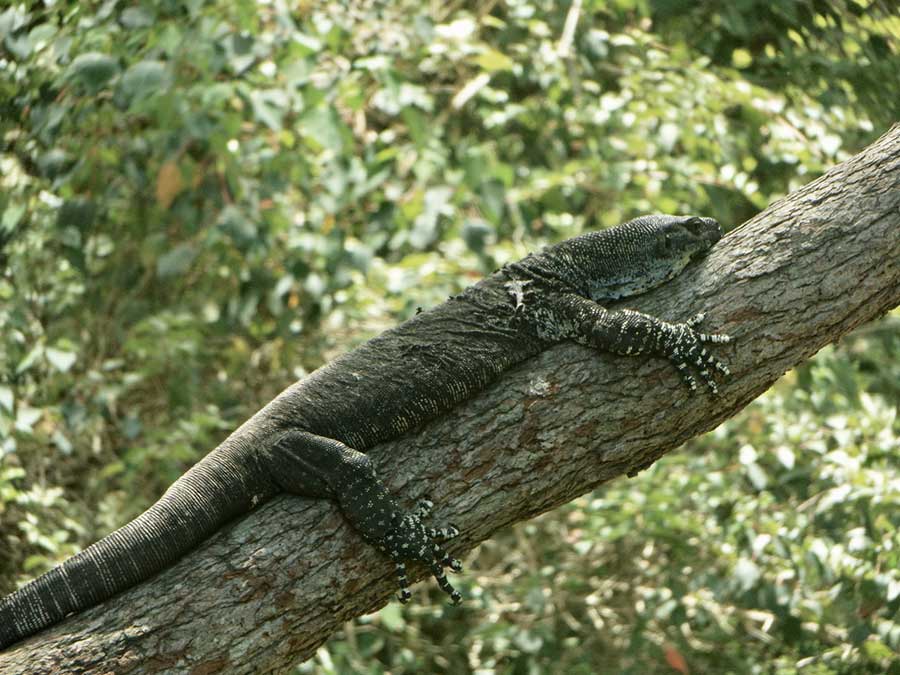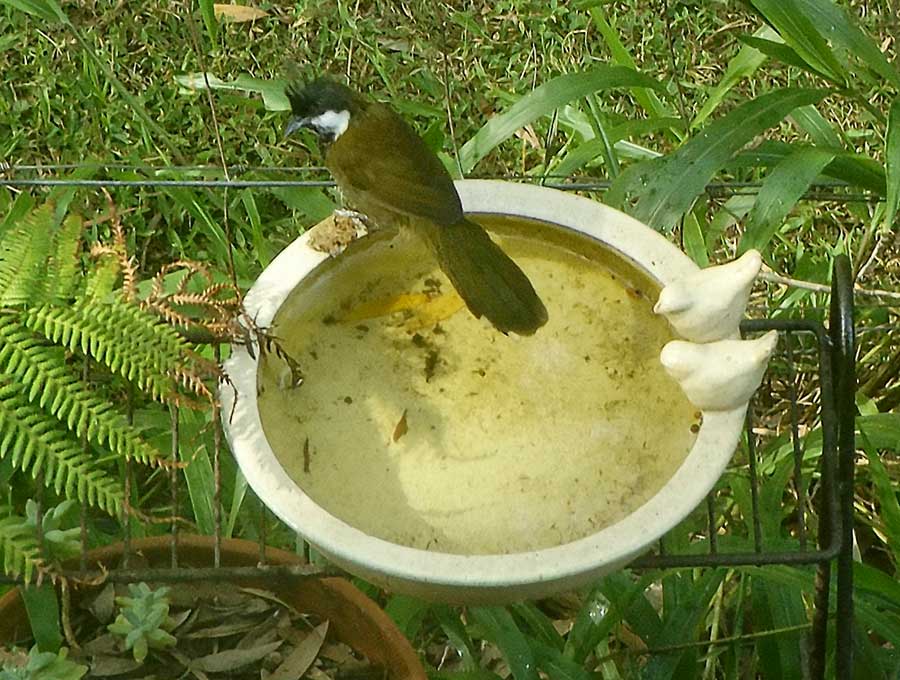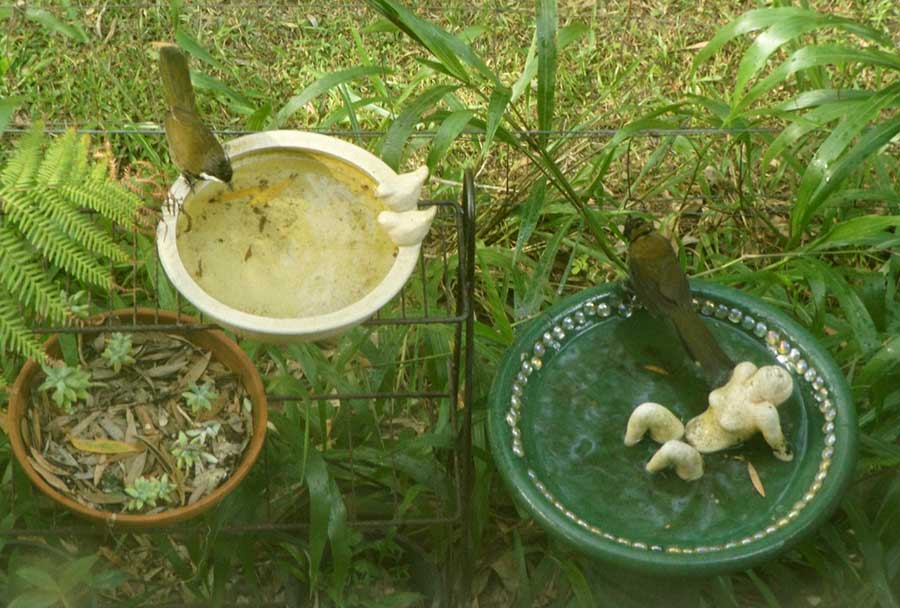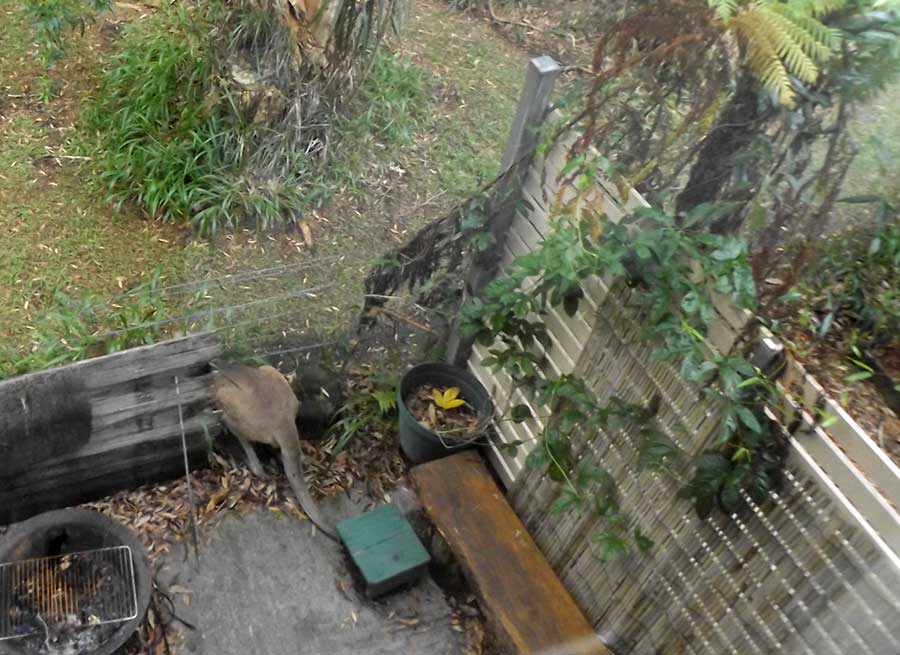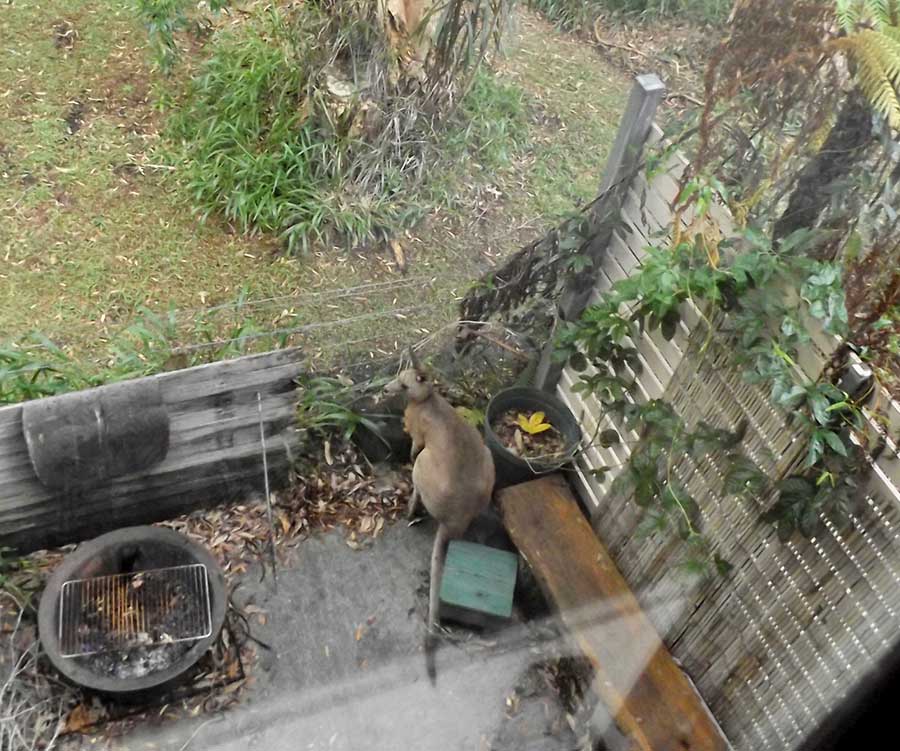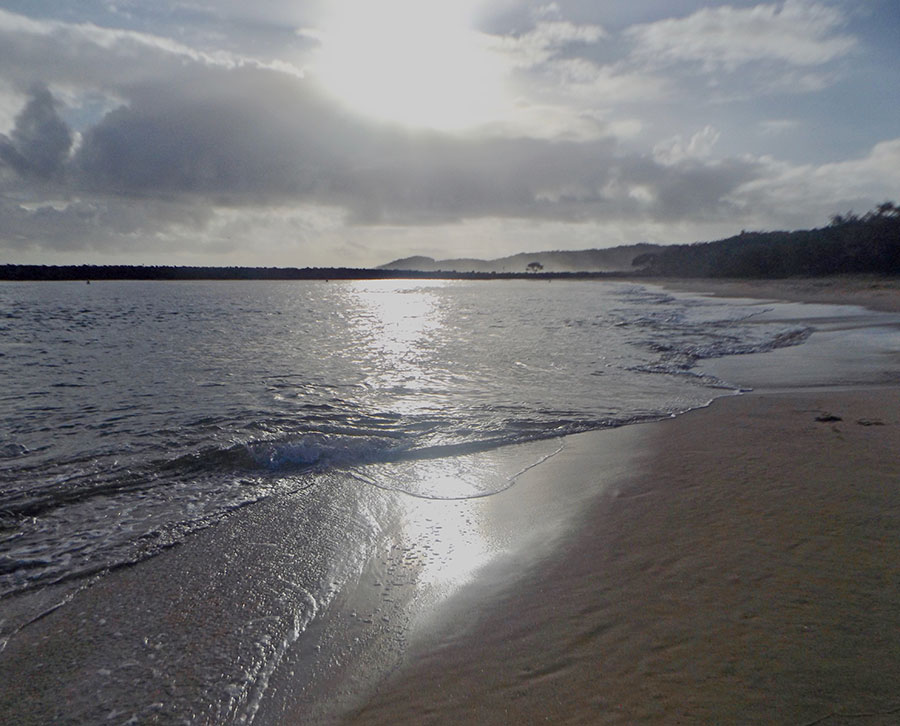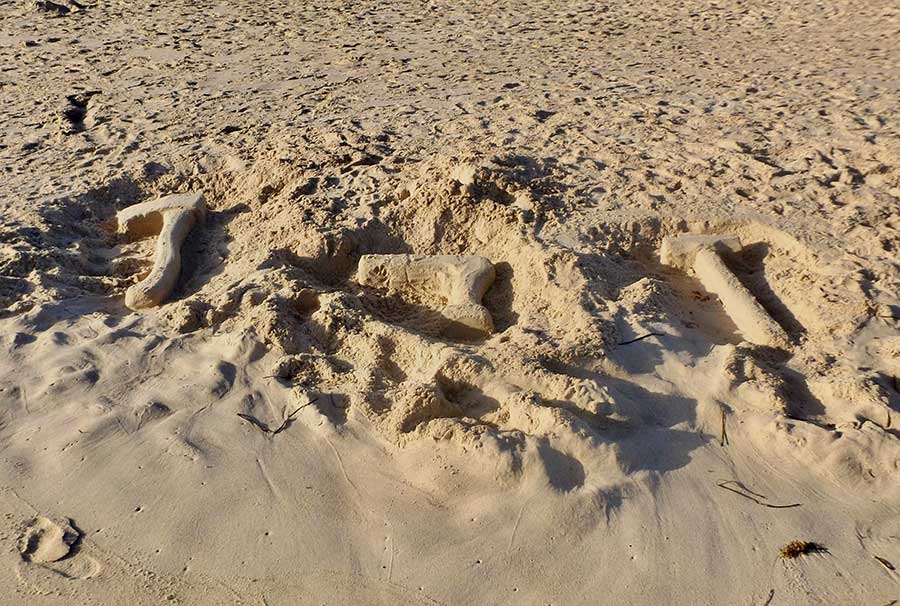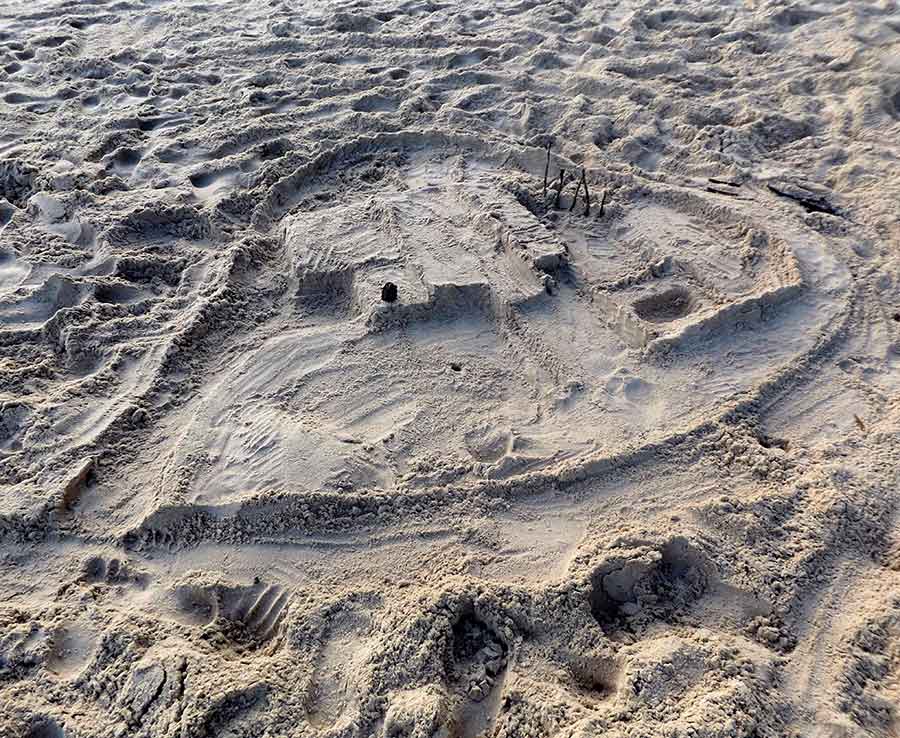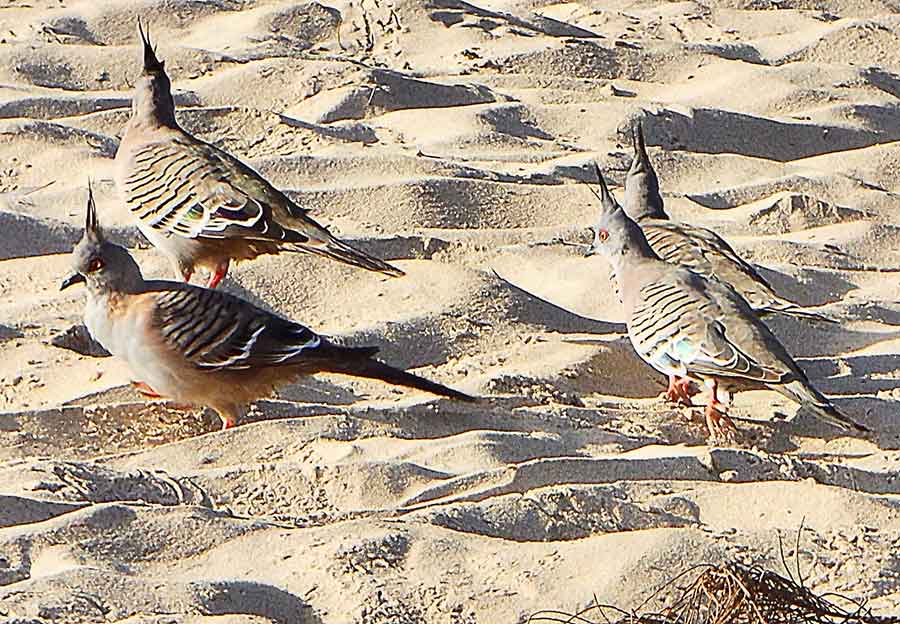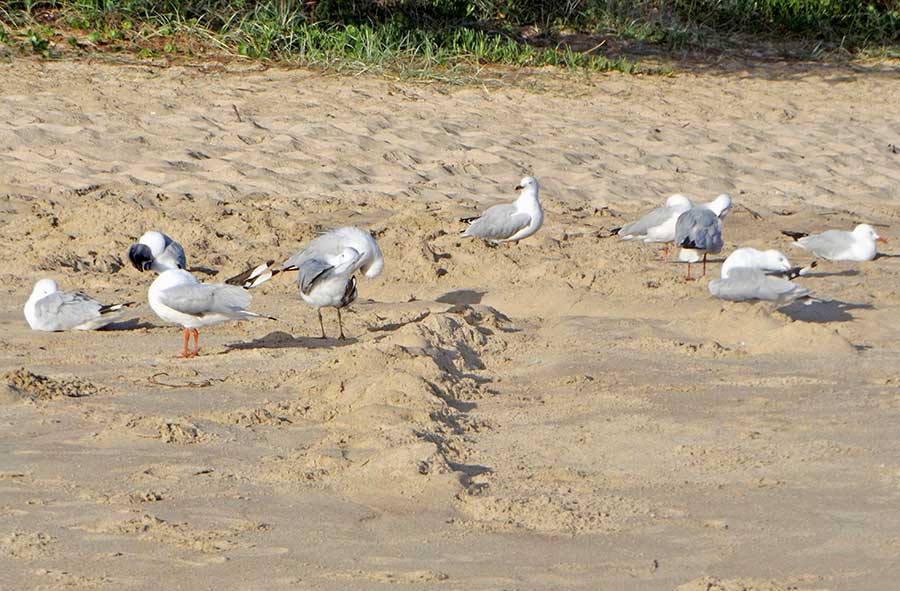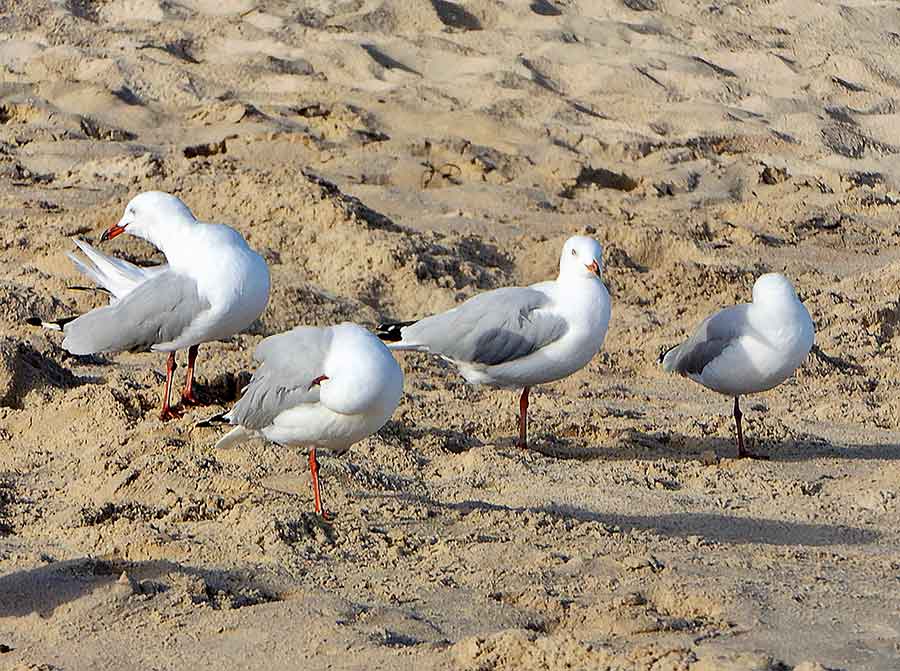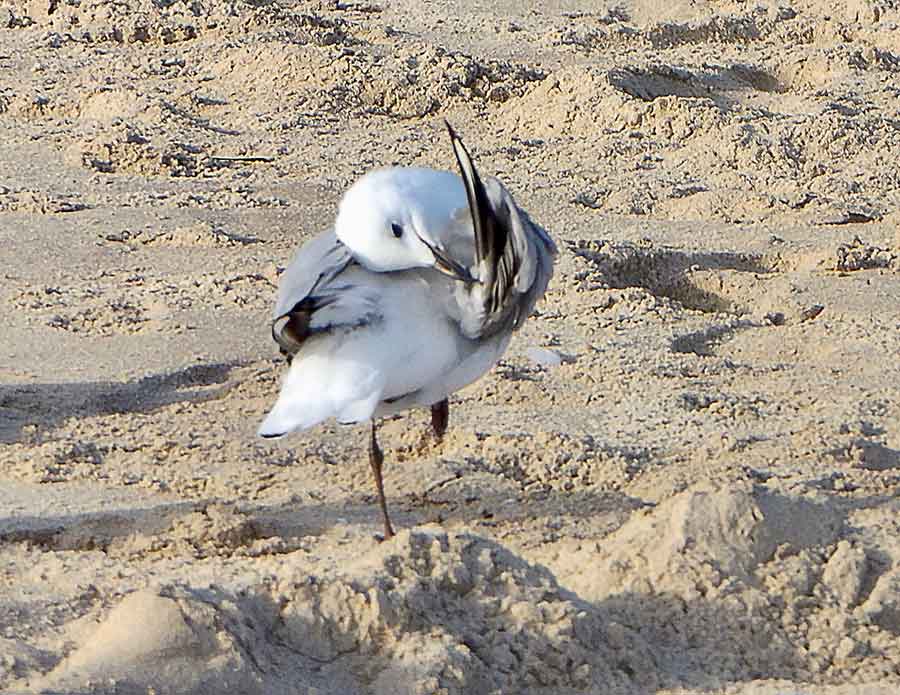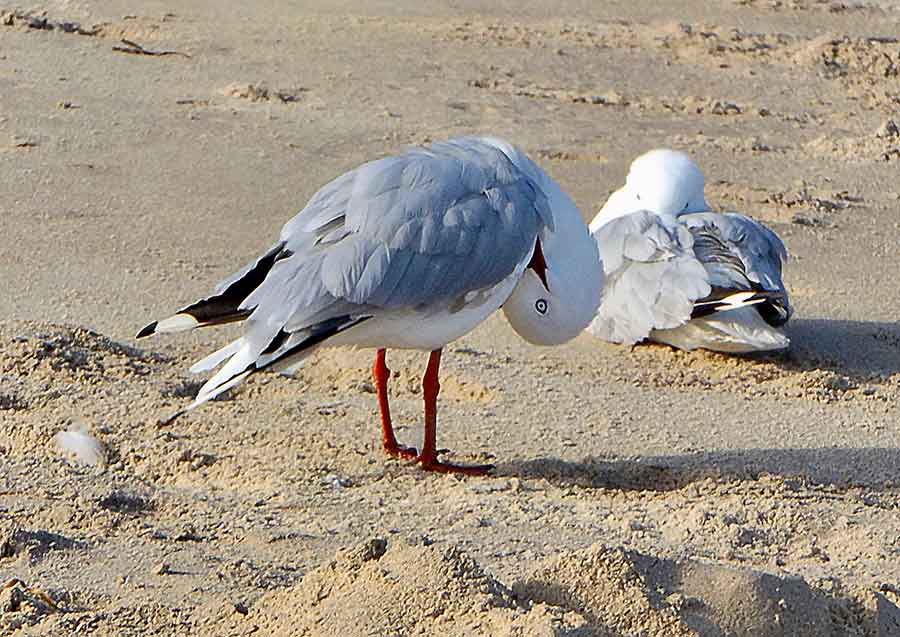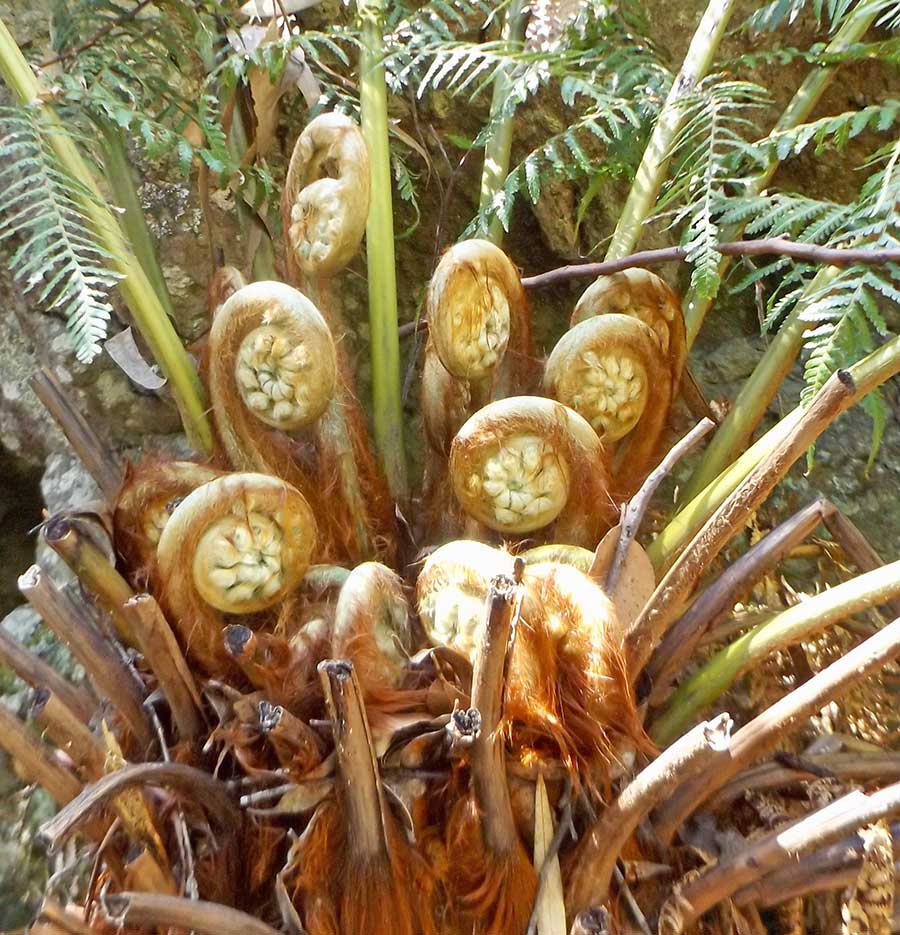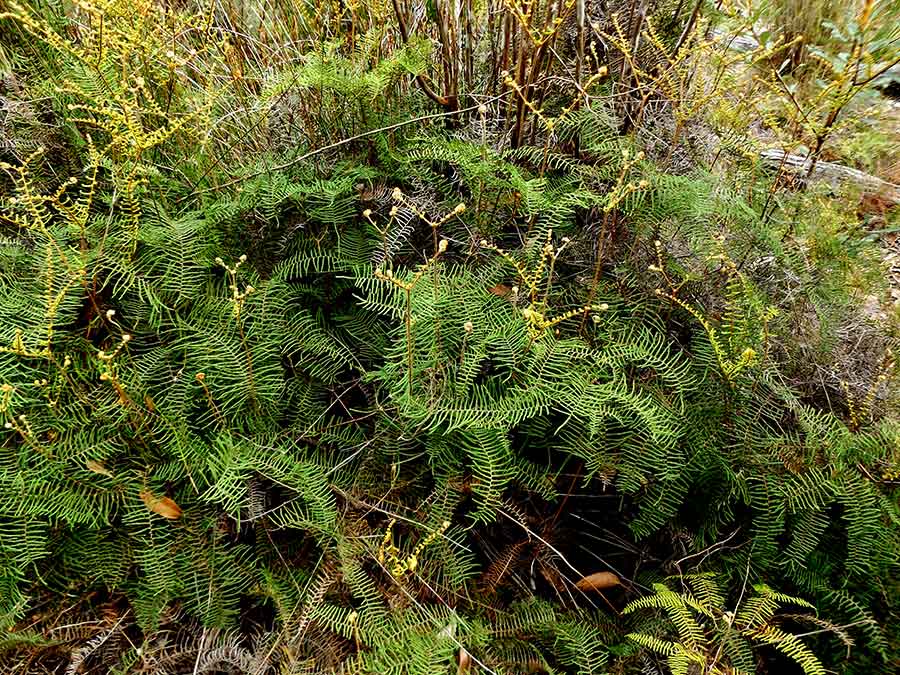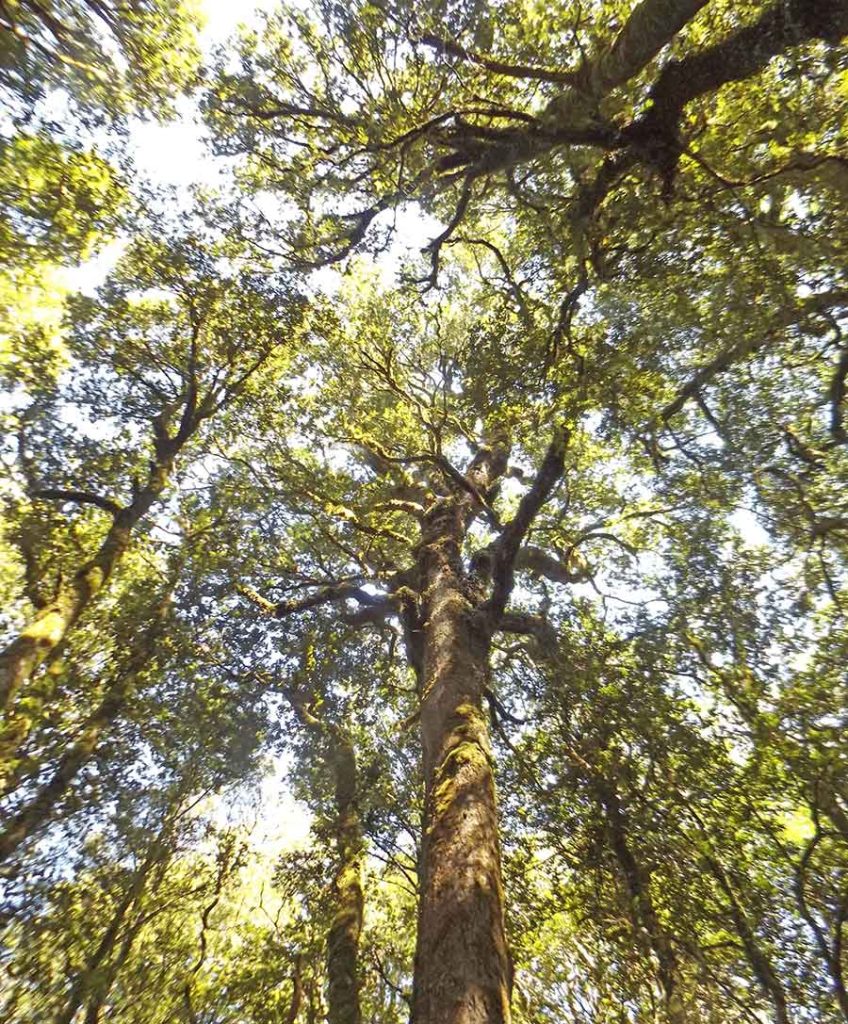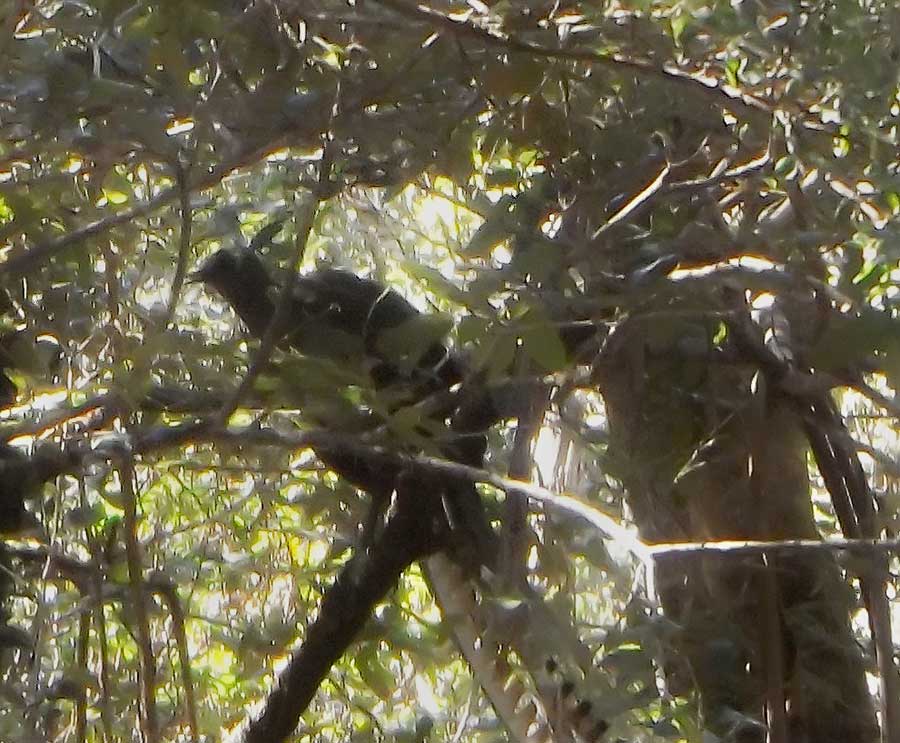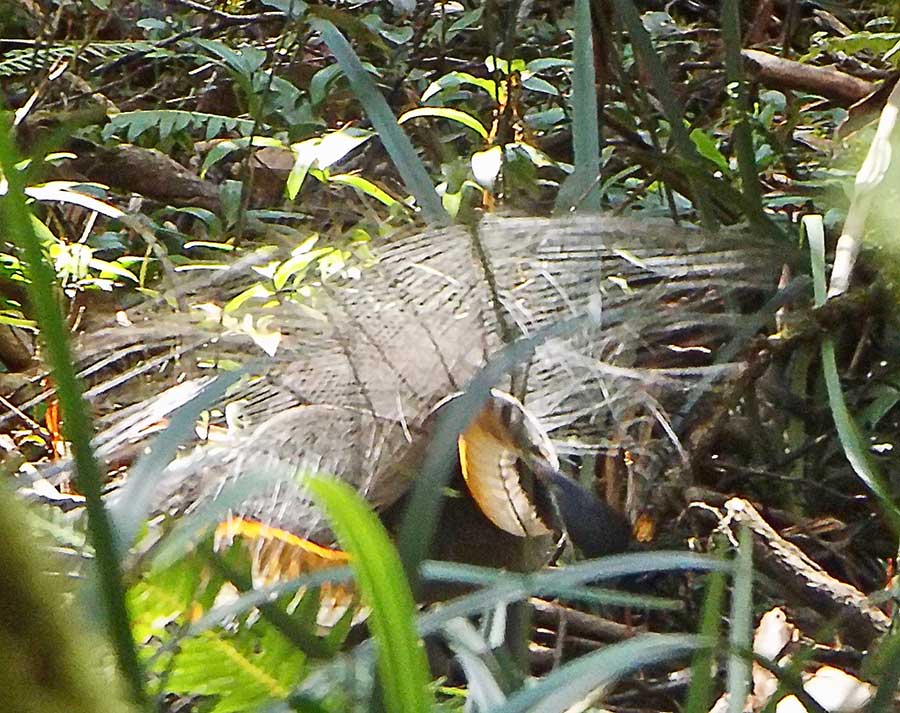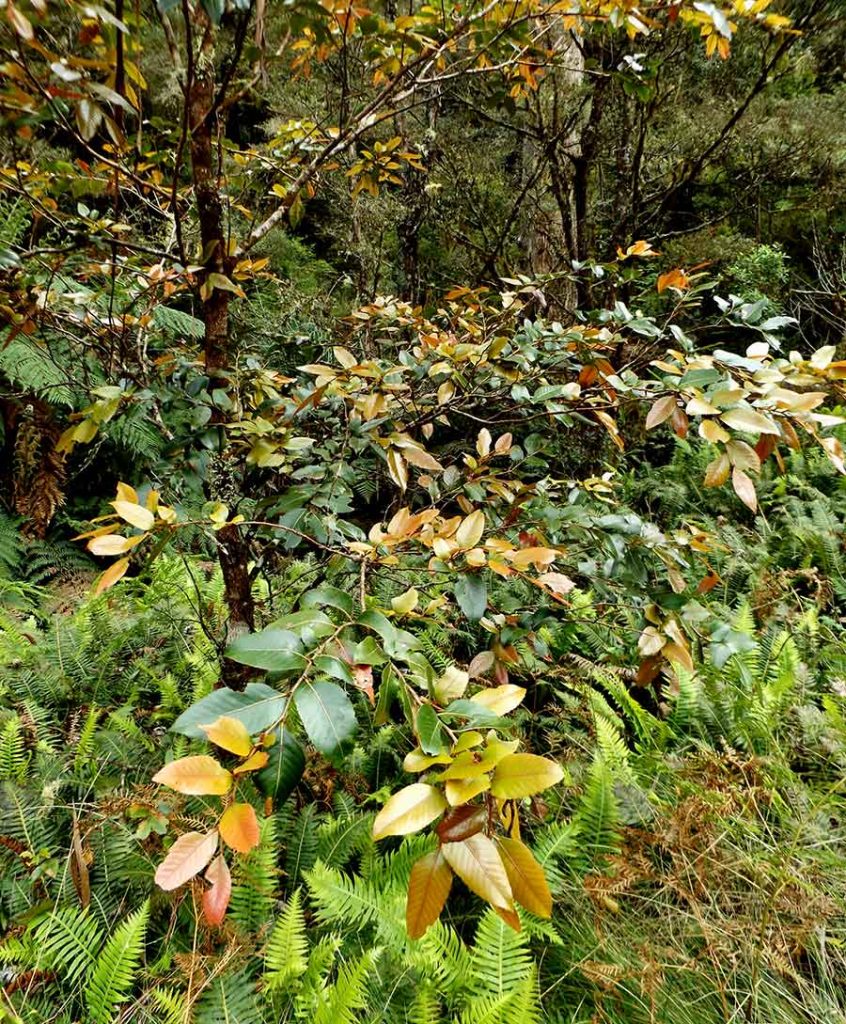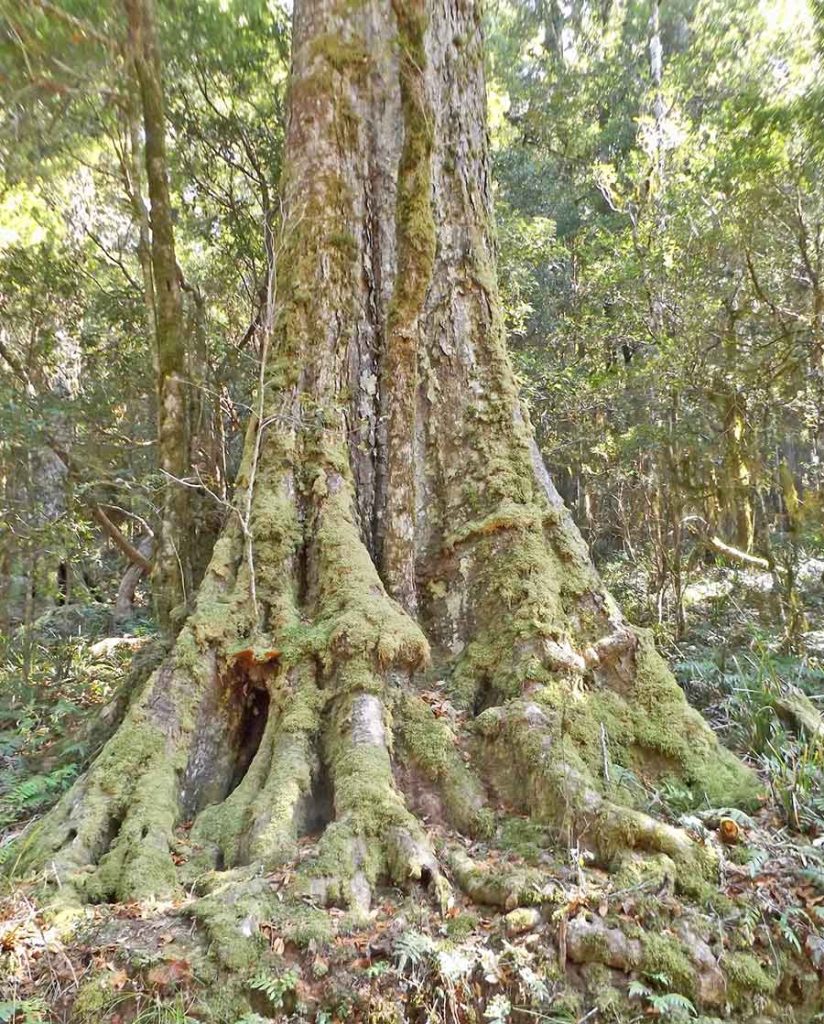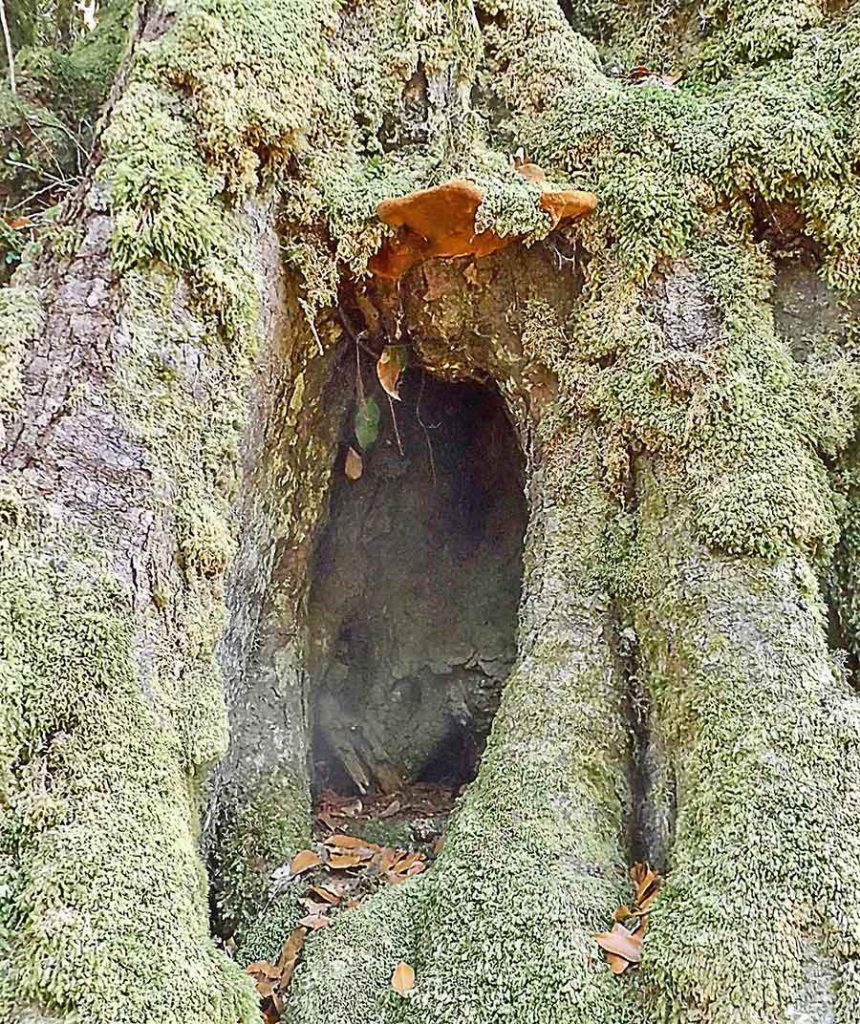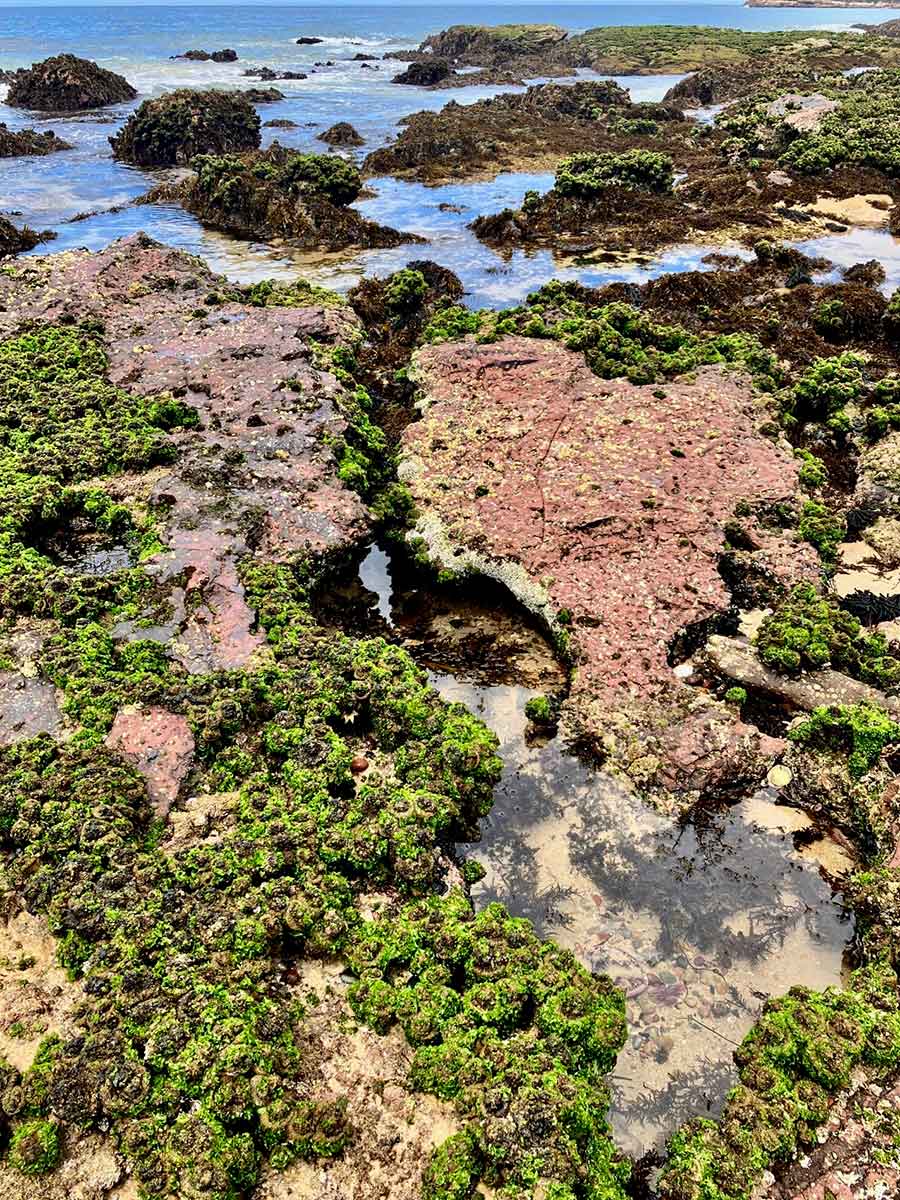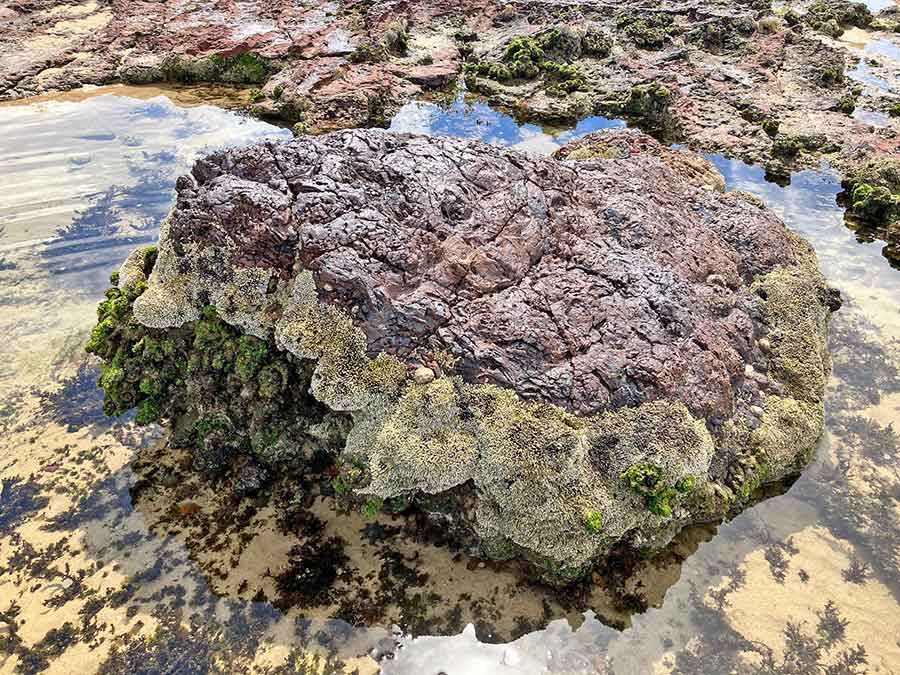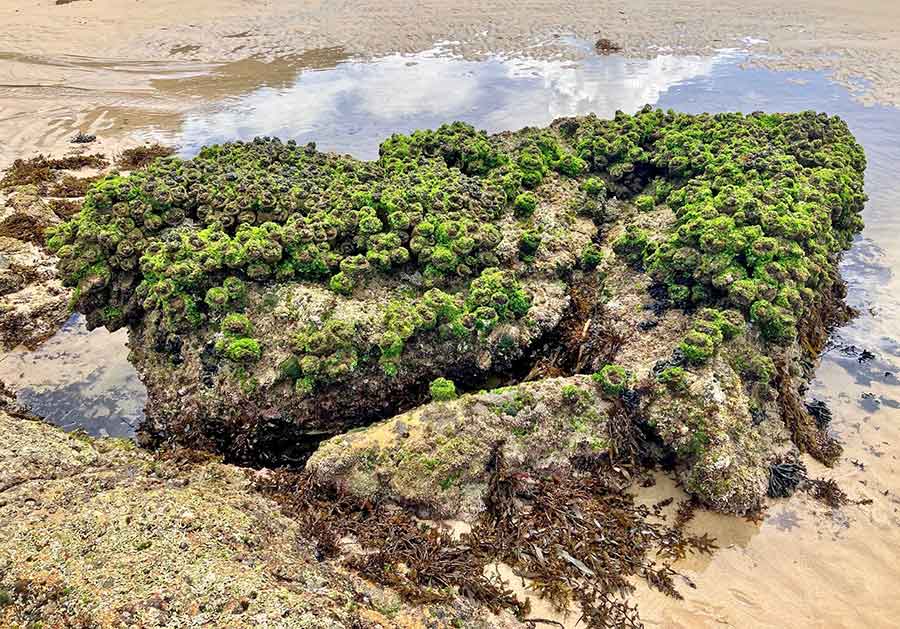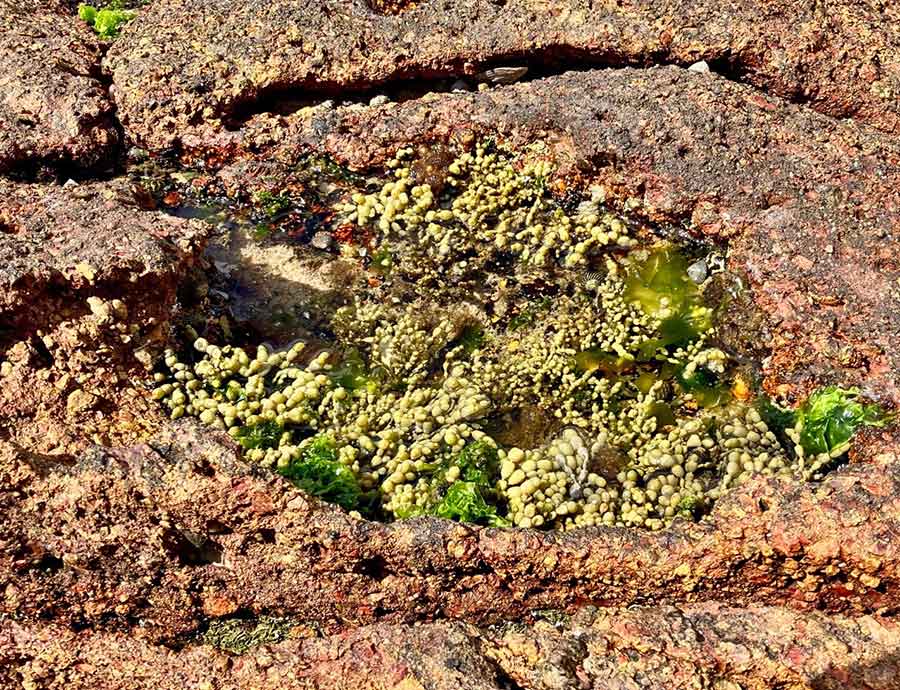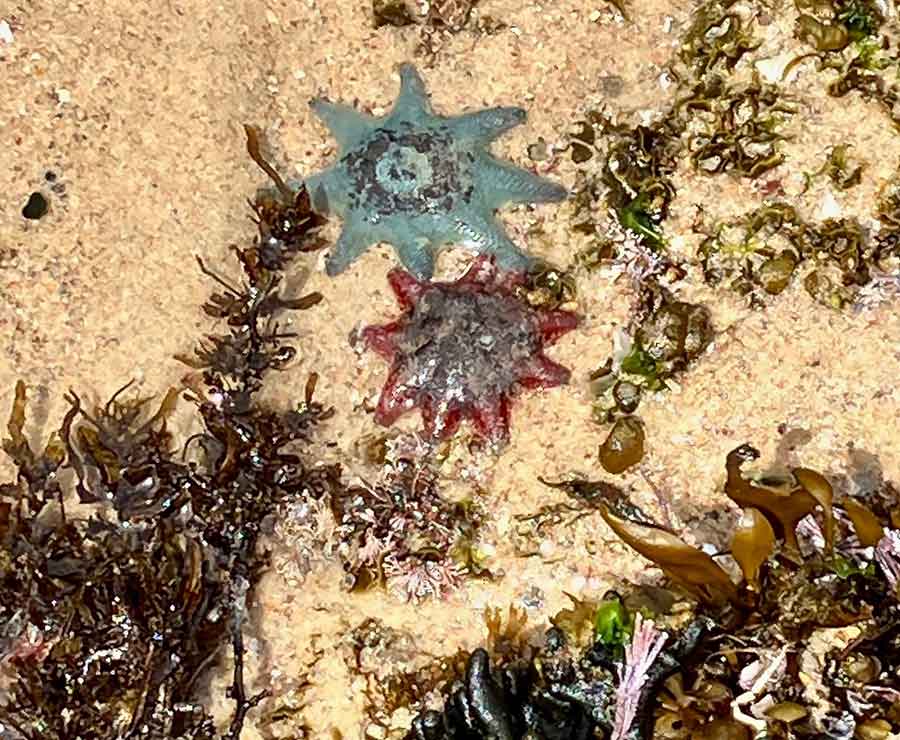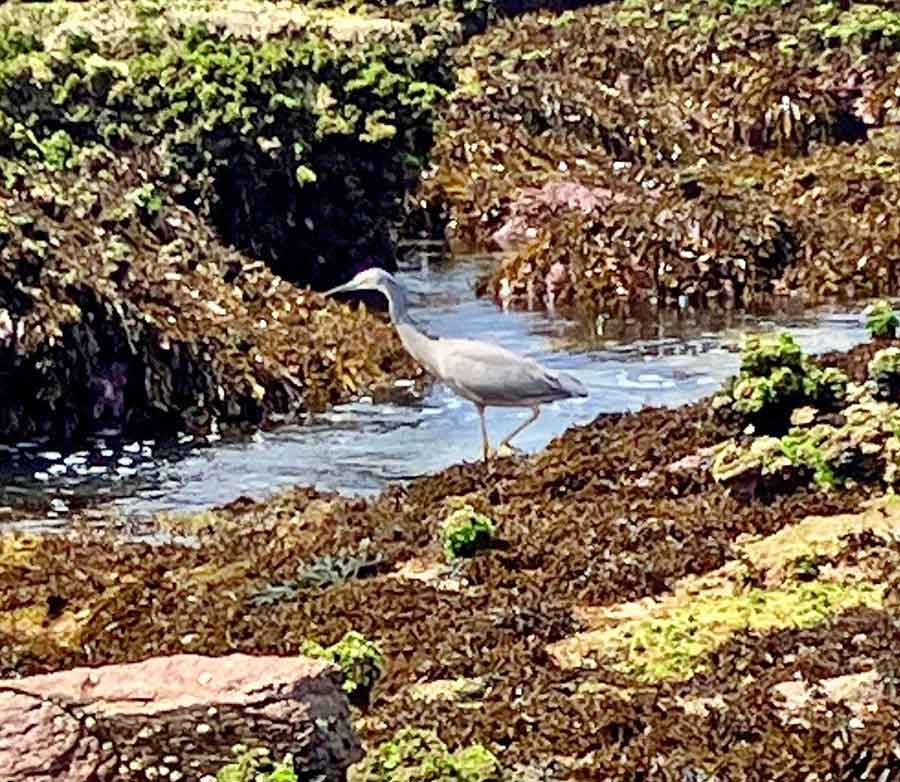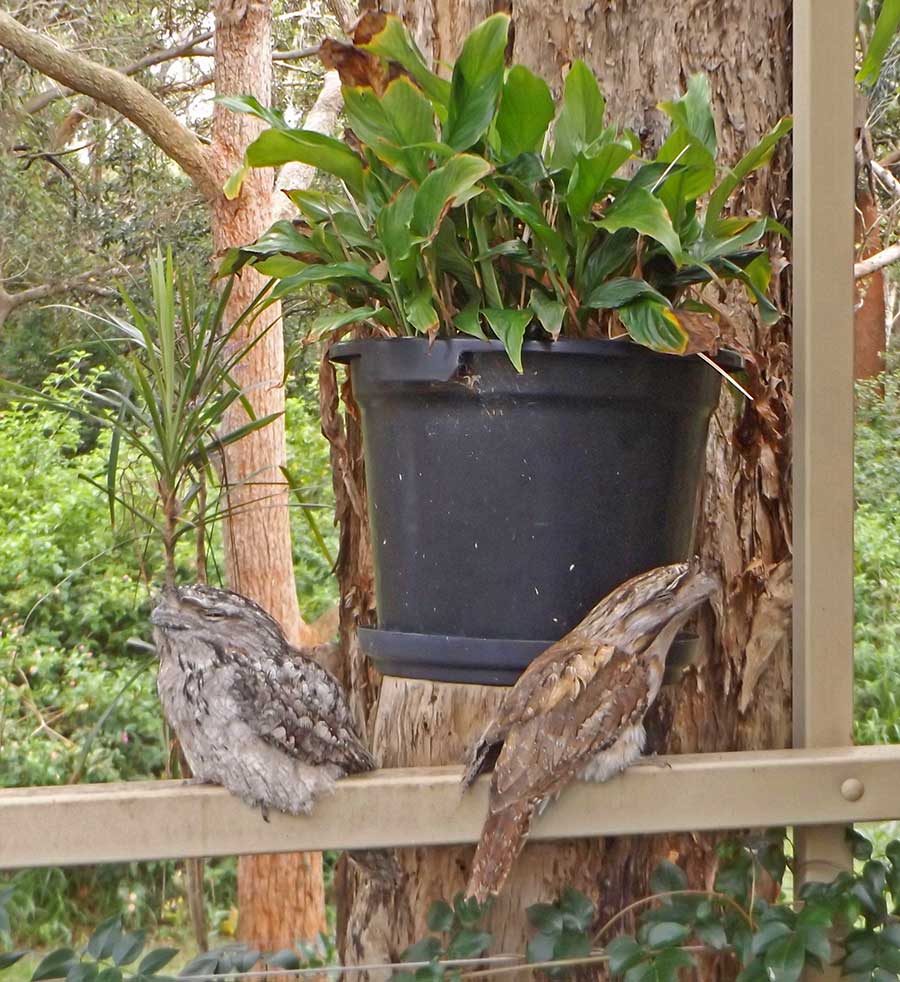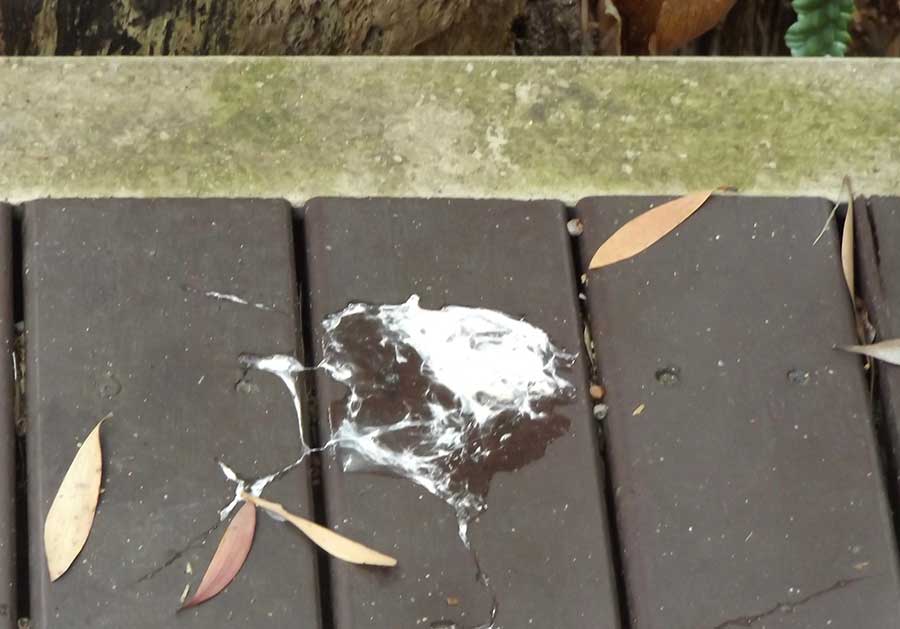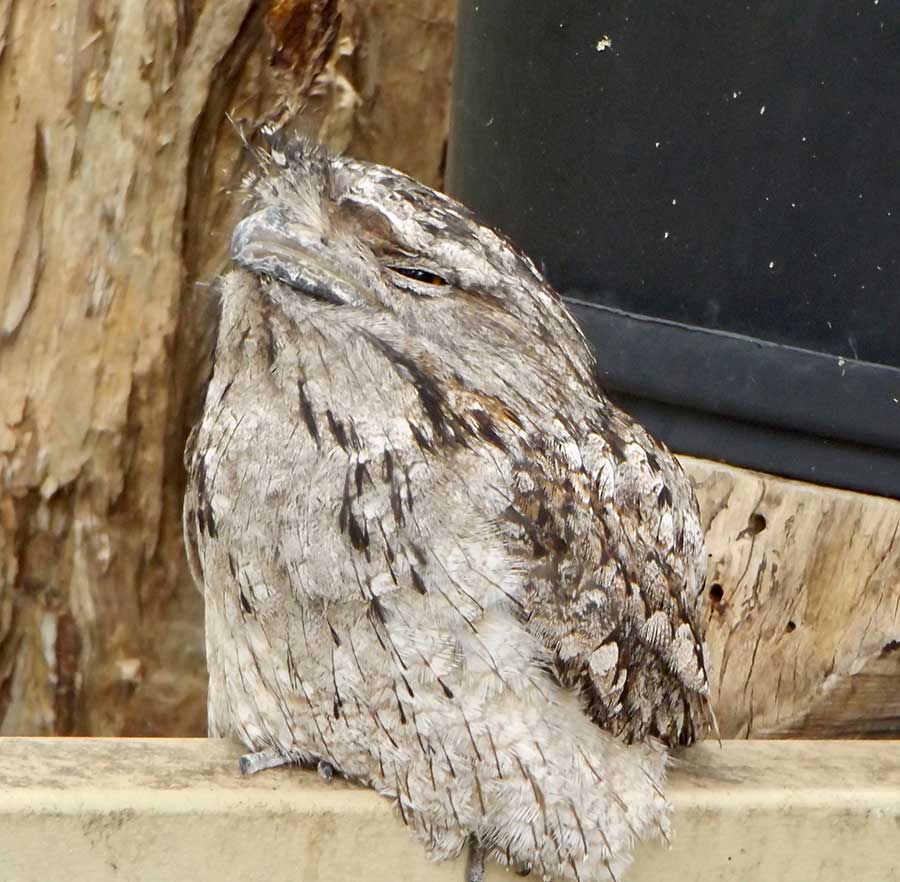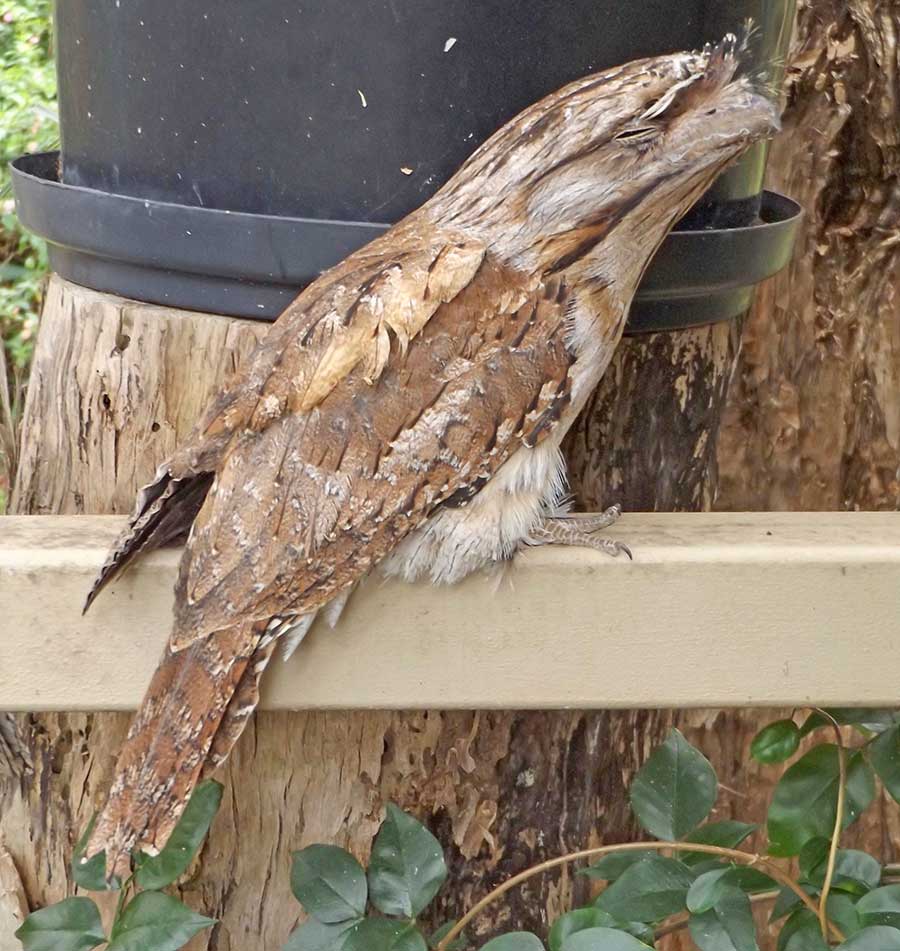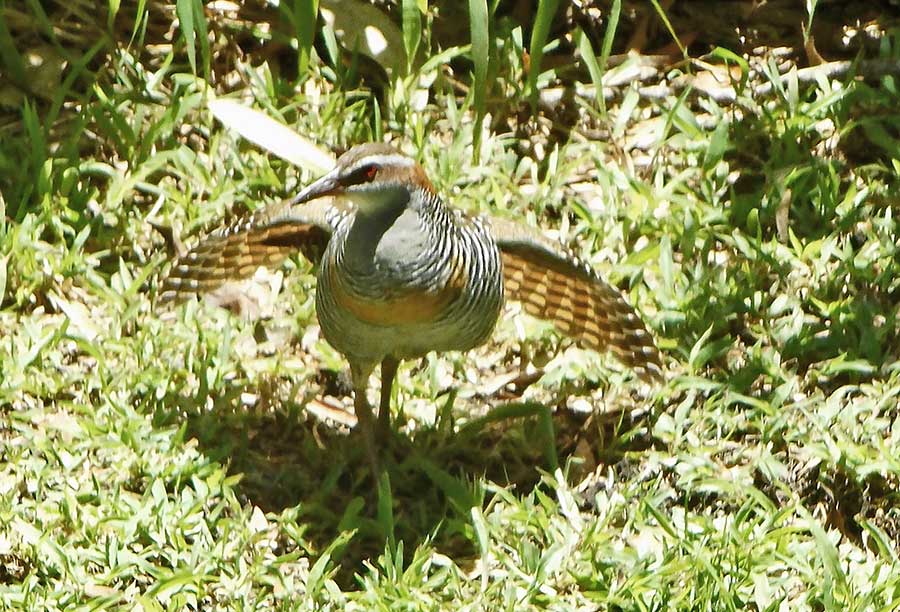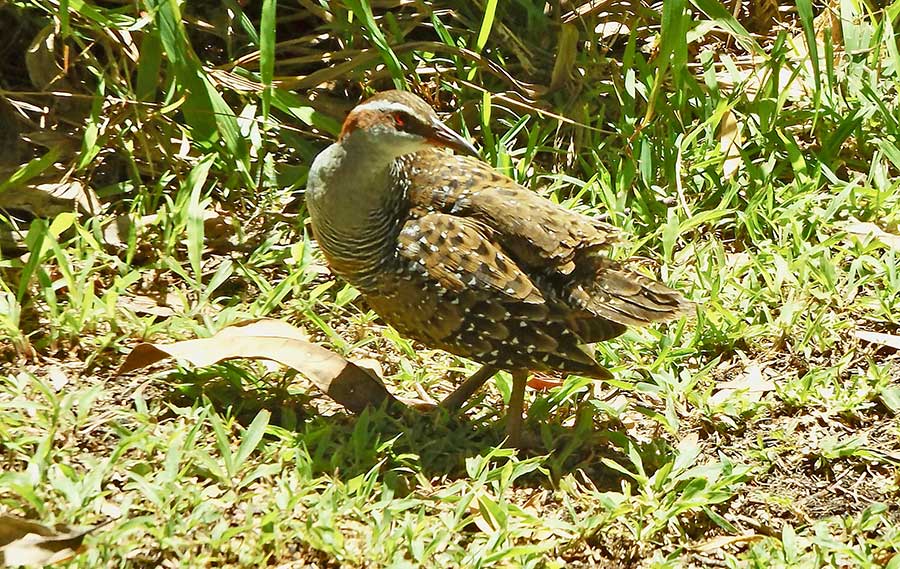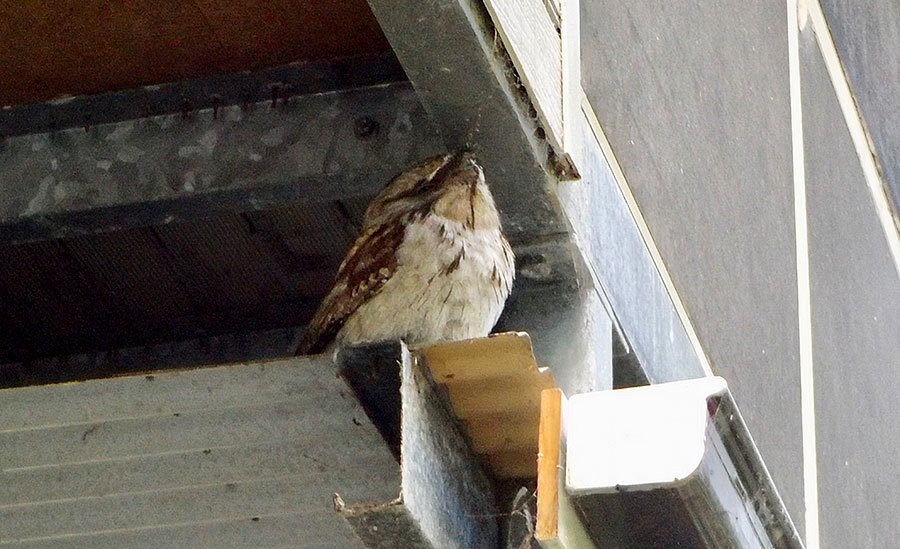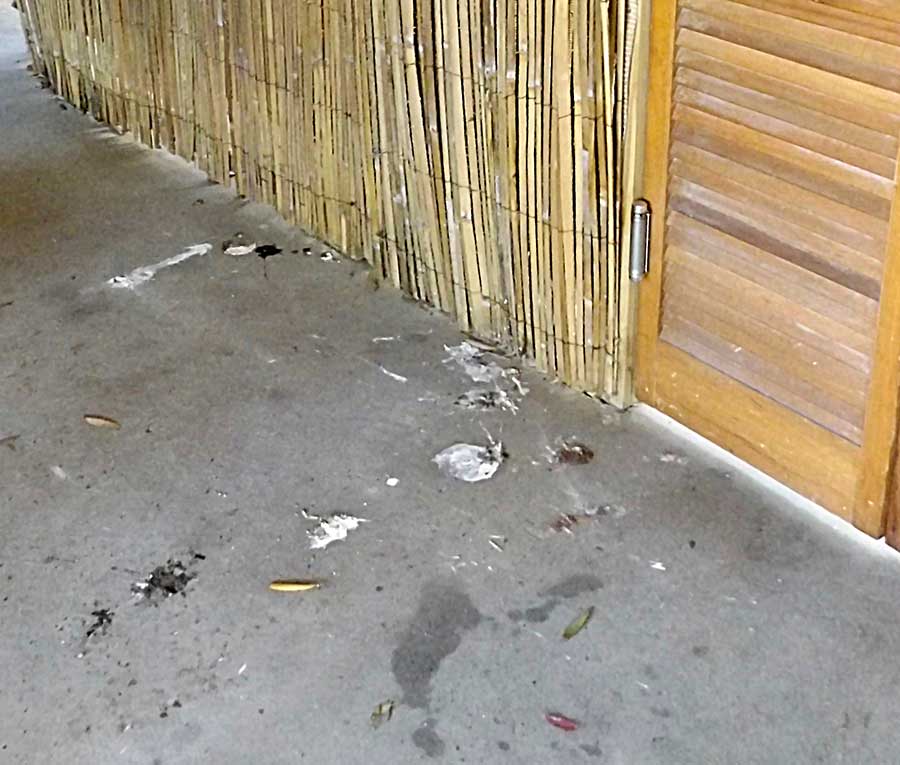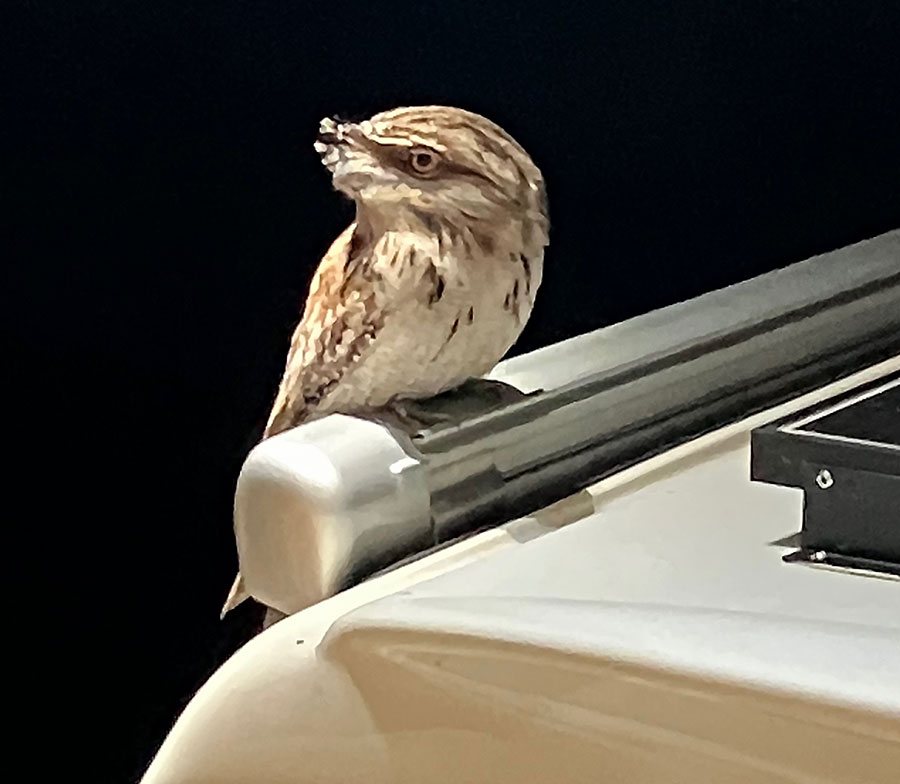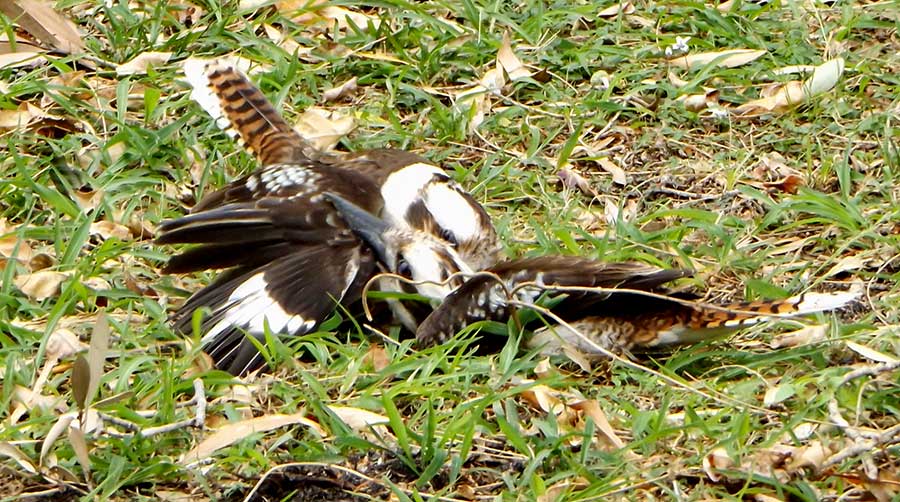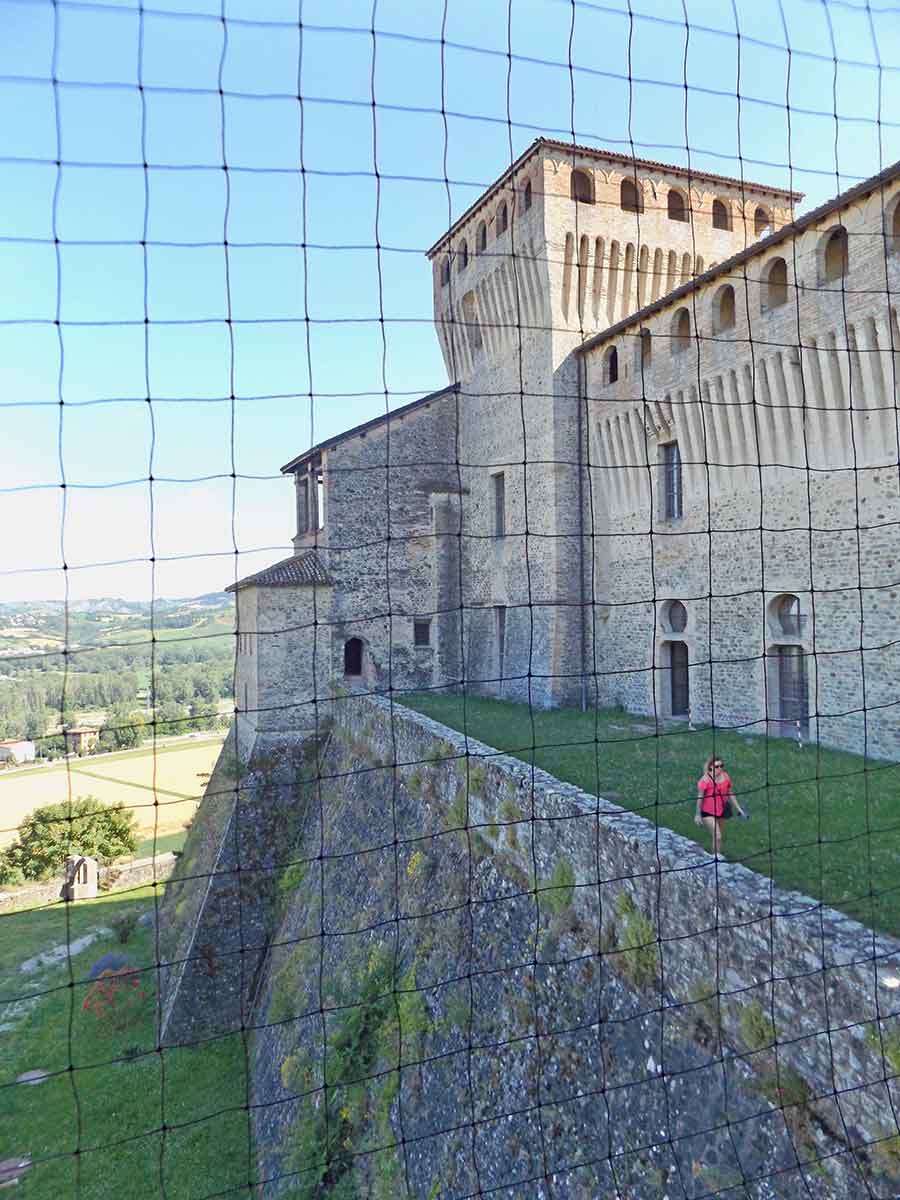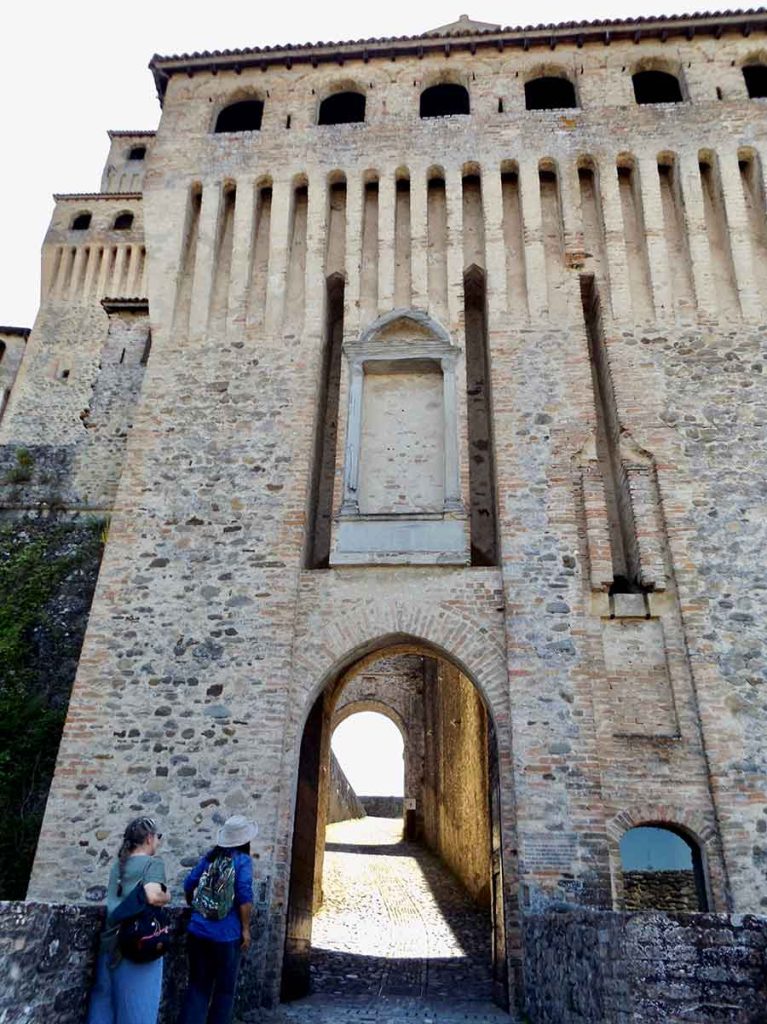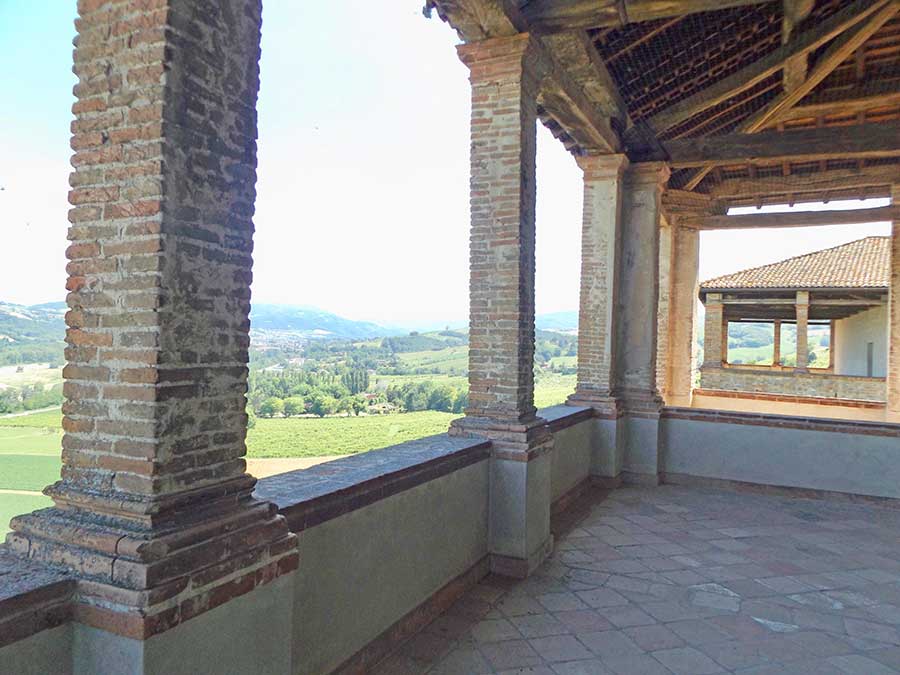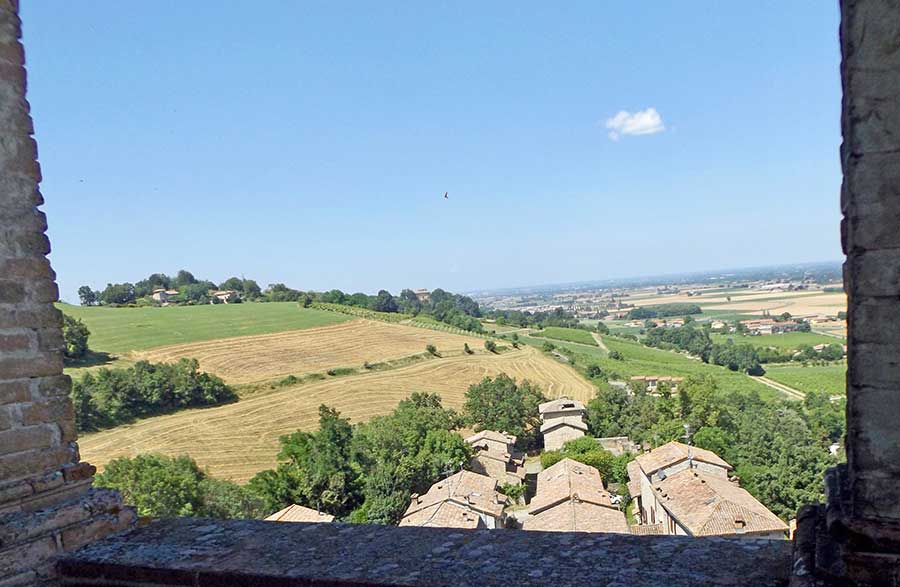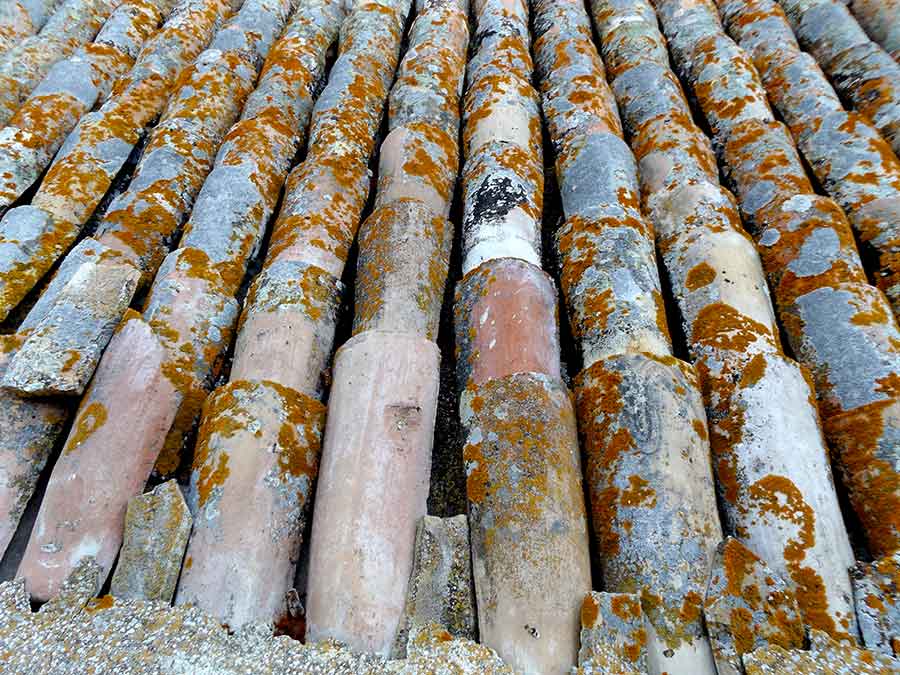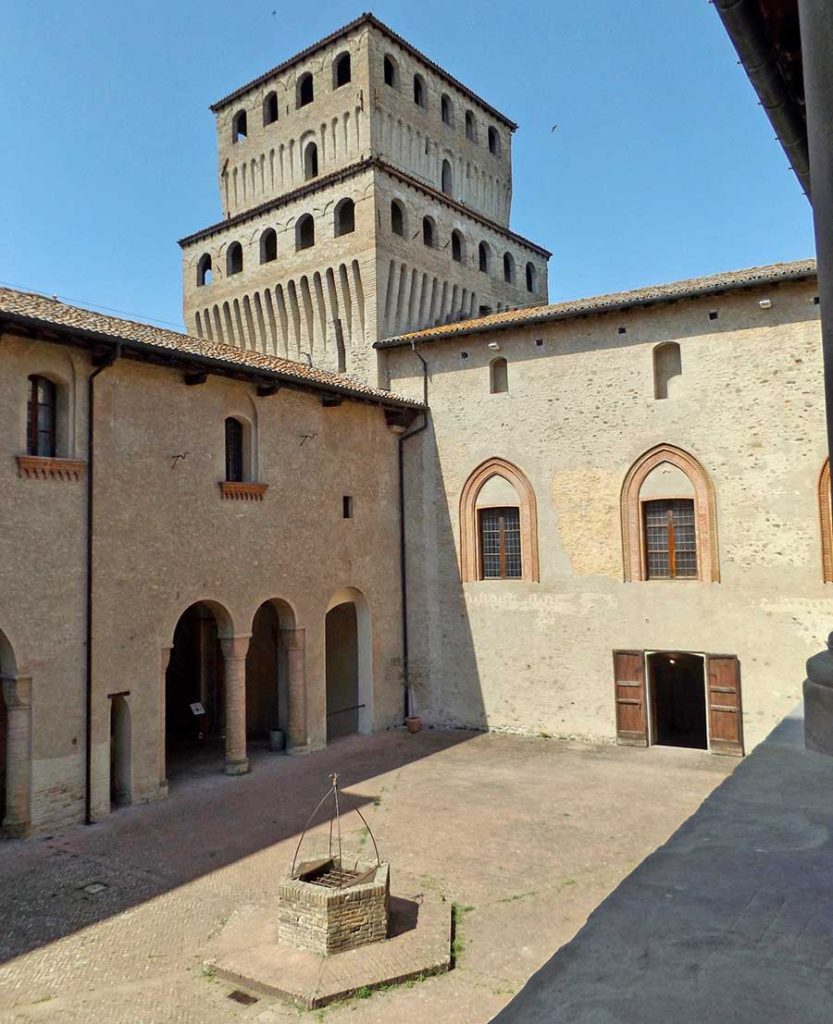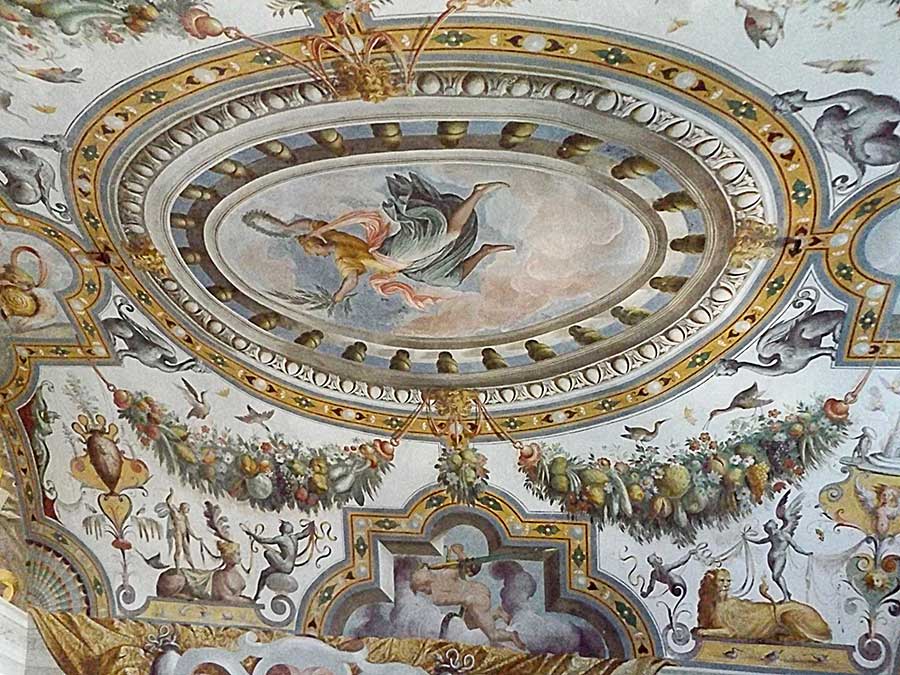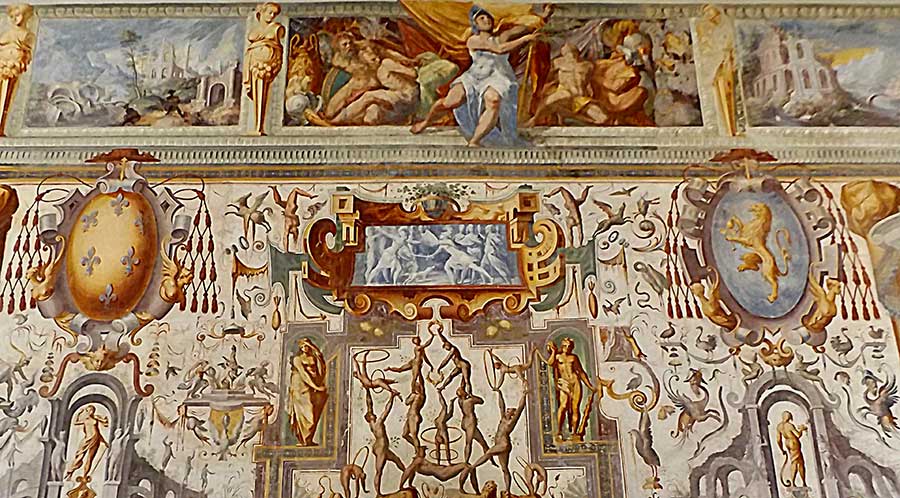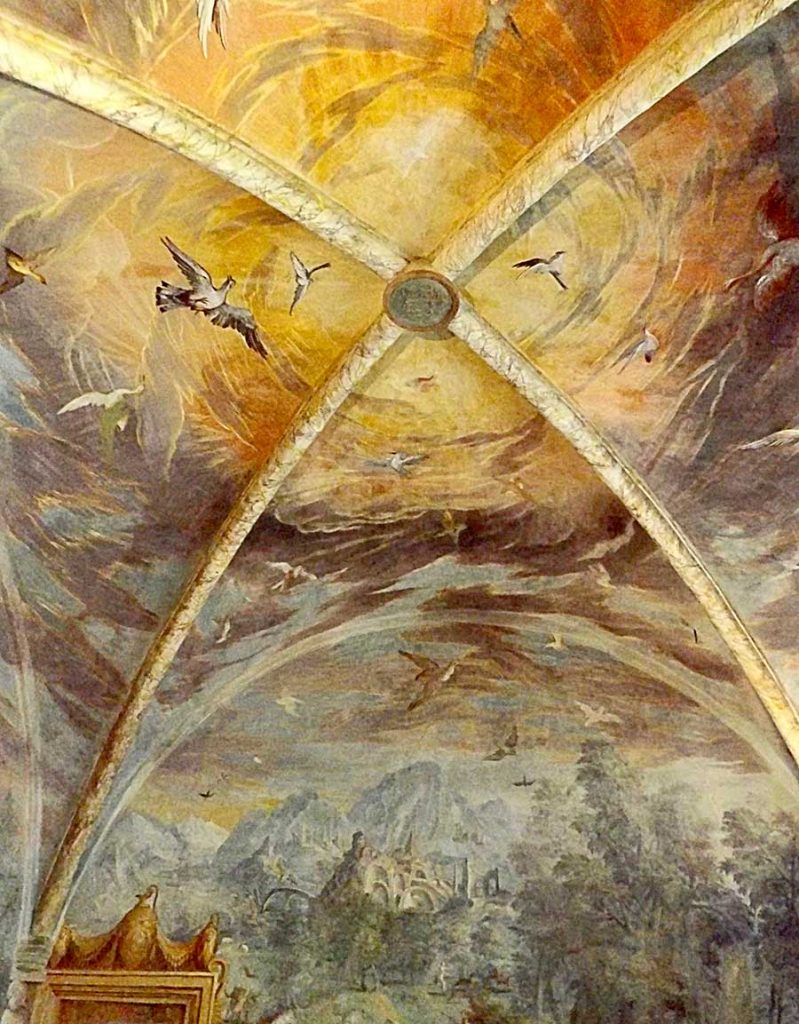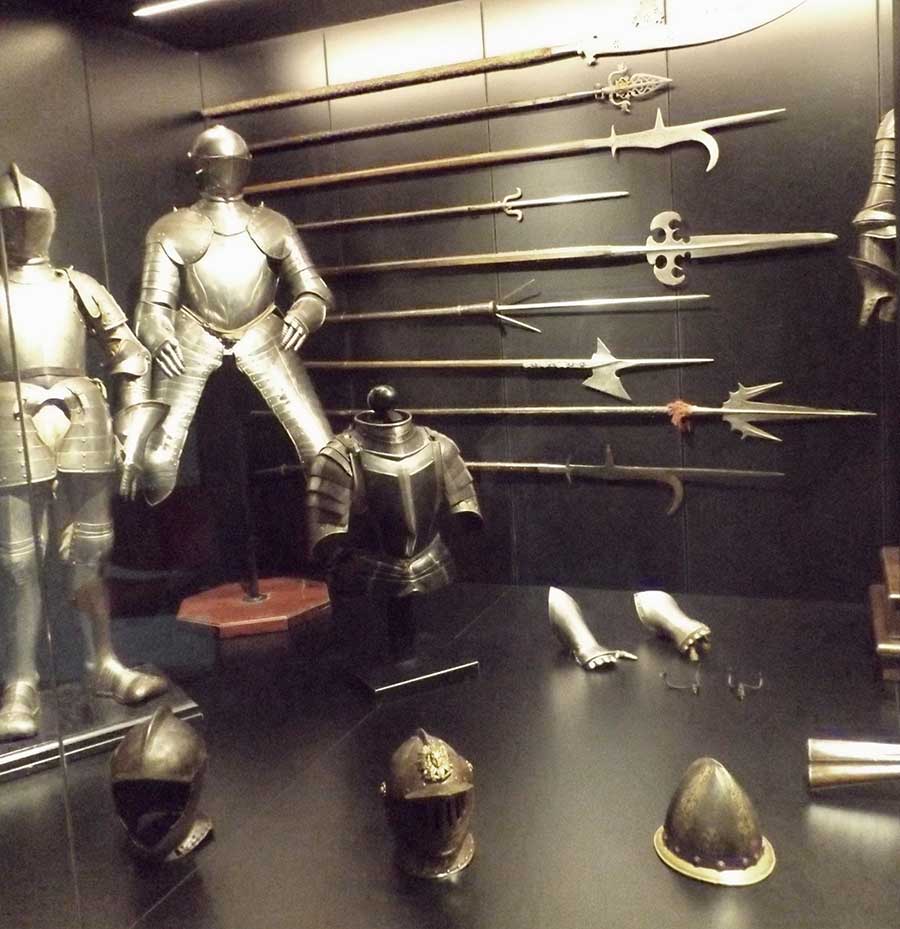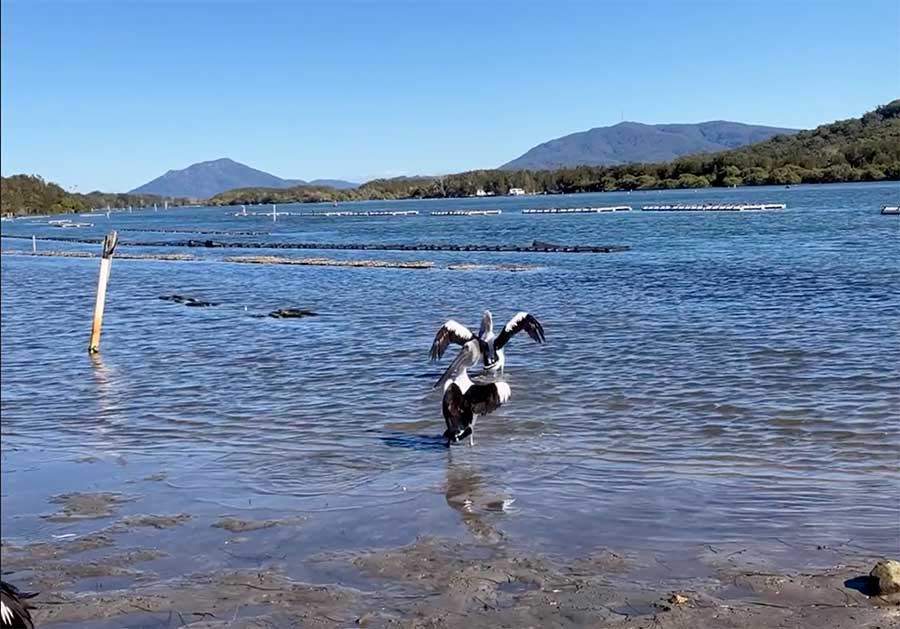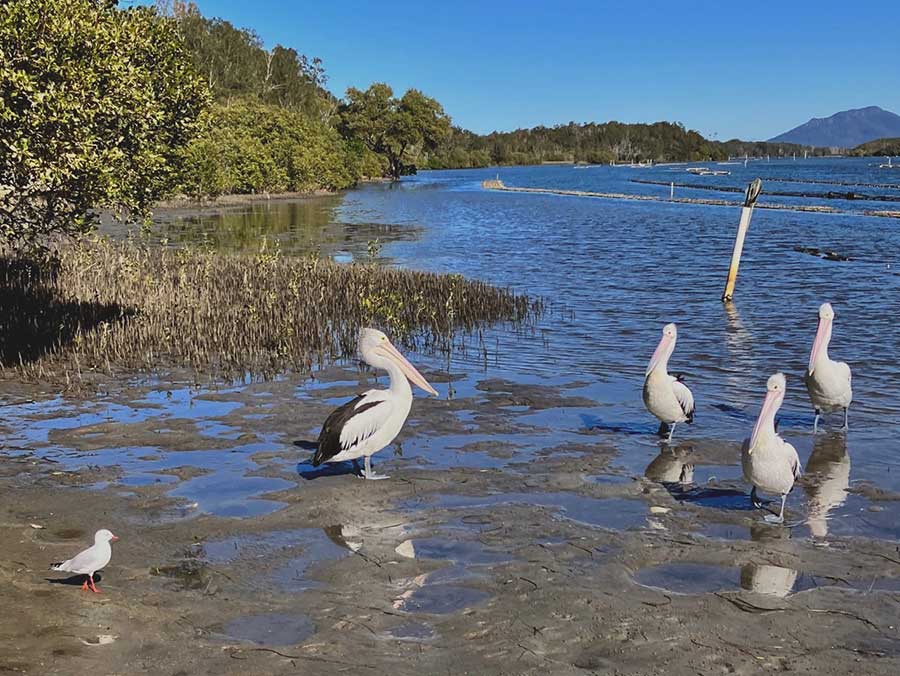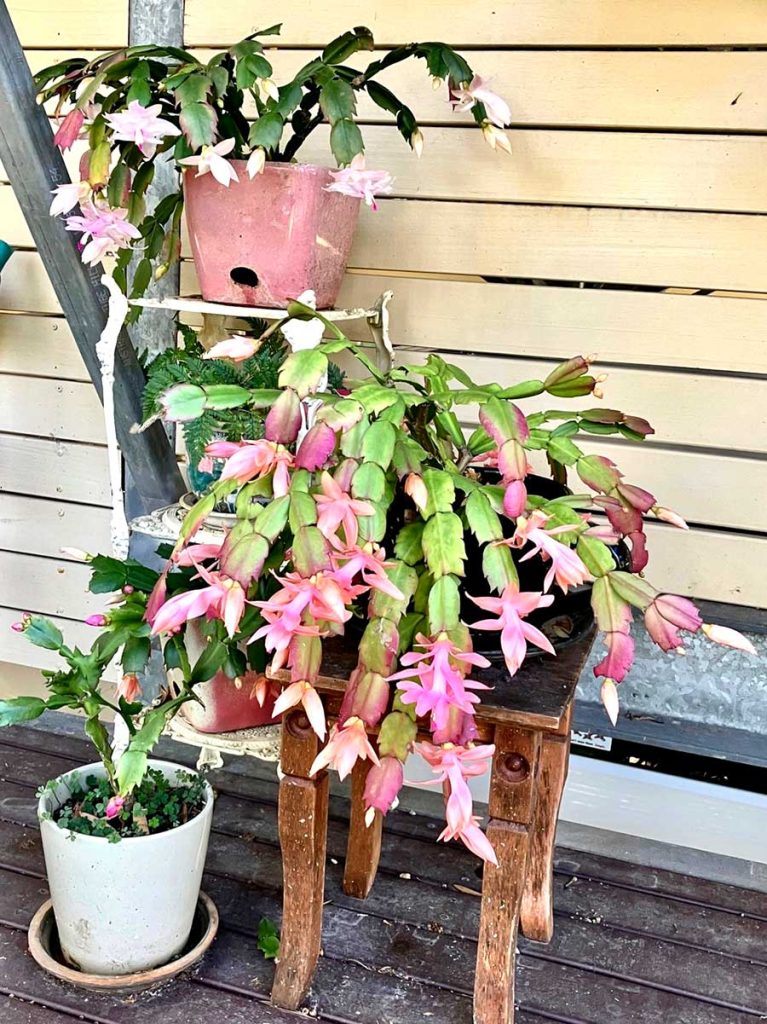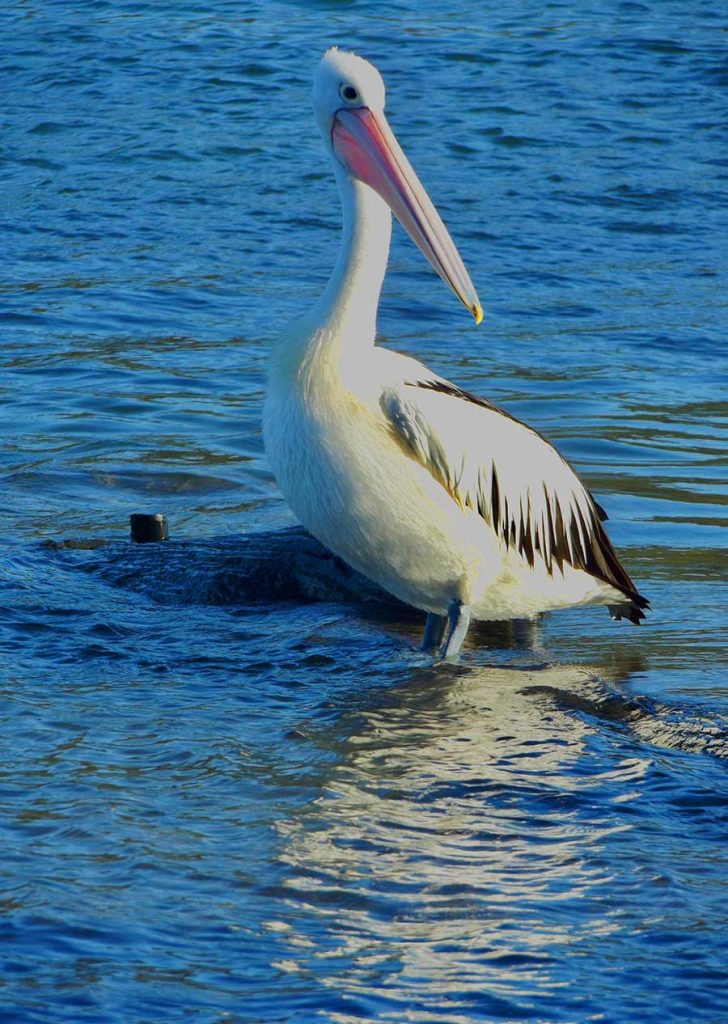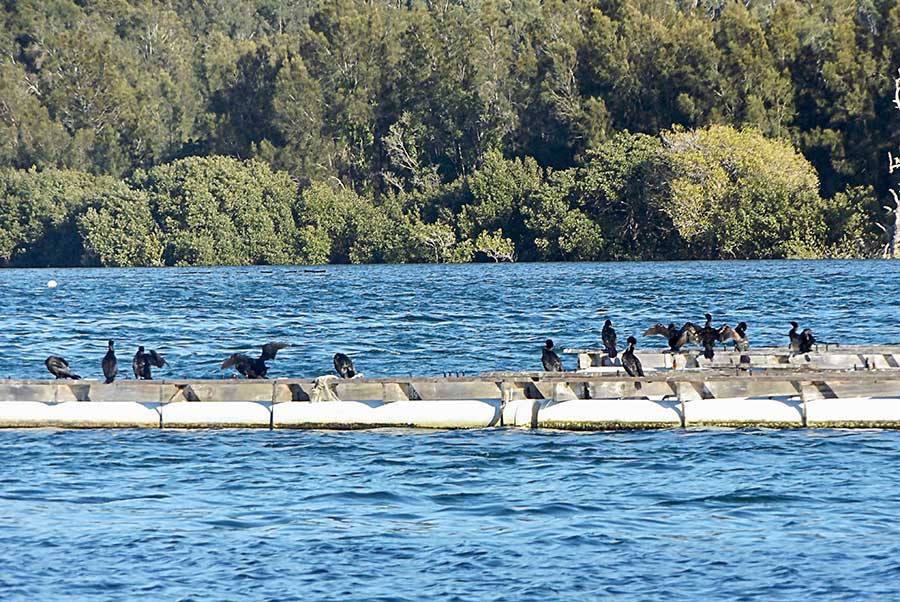At the Melaleuca Campground in Limeburners Creek NP, the creek is off limits for all but viewing. It runs gently past, channelling a cool breeze from the sea, offering a range of waterbirds and attracting many fisher birds.
These stately black swans were in graceful and constant procession, only occasionally taking flight to display their white wing edges, like glimpses of a lady’s petticoat. They were more brownish-greyish than black, I thought. Their bright red bills banded with white were frequently dipped into the stream to feed, those elegant long necks bending with ease to search the deeper channels.
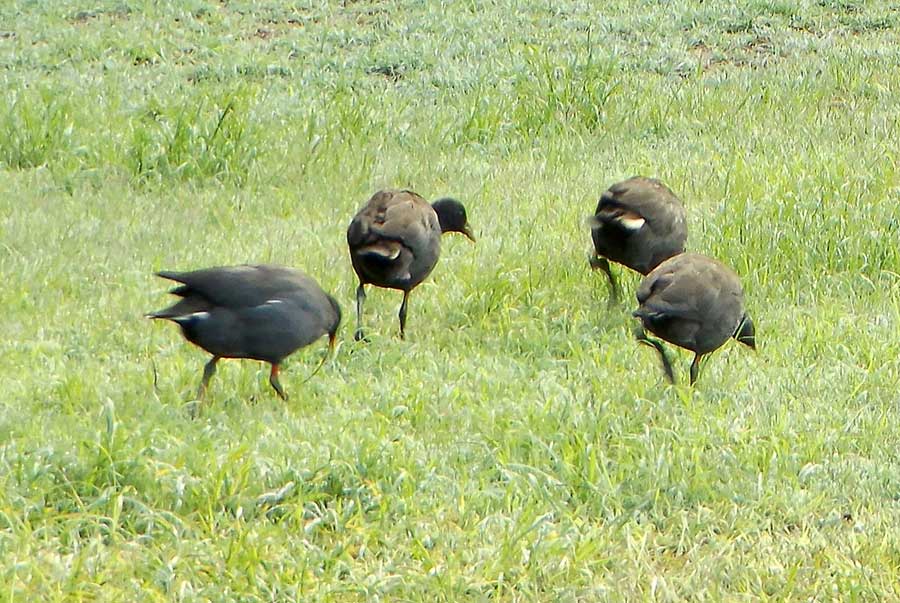
Often closer to the bank, in the shallower and weedy edges, Dusky Moorhens dabbled, or foraged in the grass, but they were flighty and bustled away if I came too close.
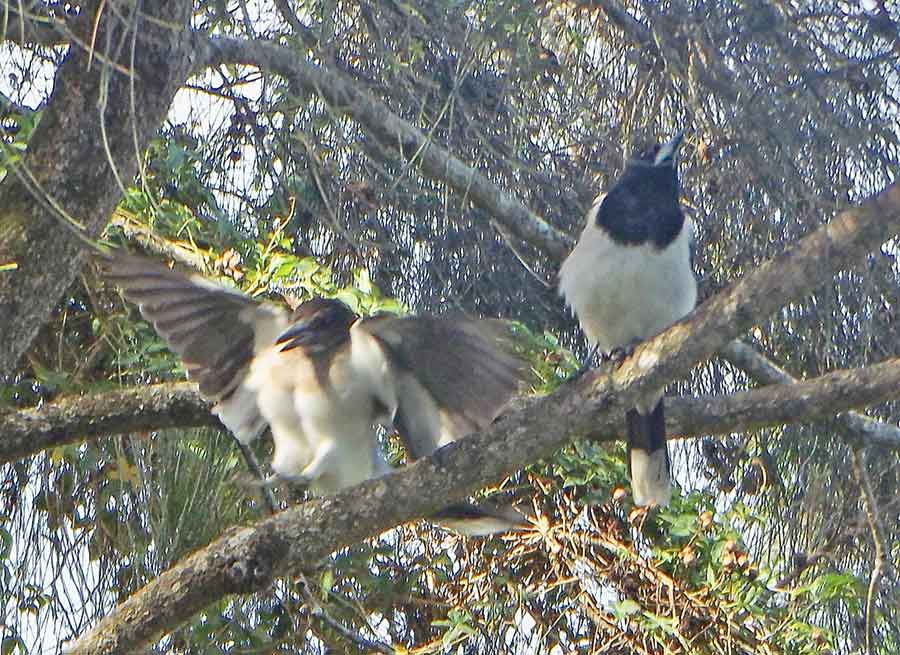
The air was full of melodious calls, I assume from several Pied Butcherbirds. This parent and child carried on a debate for some time on a nearby branch. The young one had yet to develop the crisp black and white colouring of the adult.
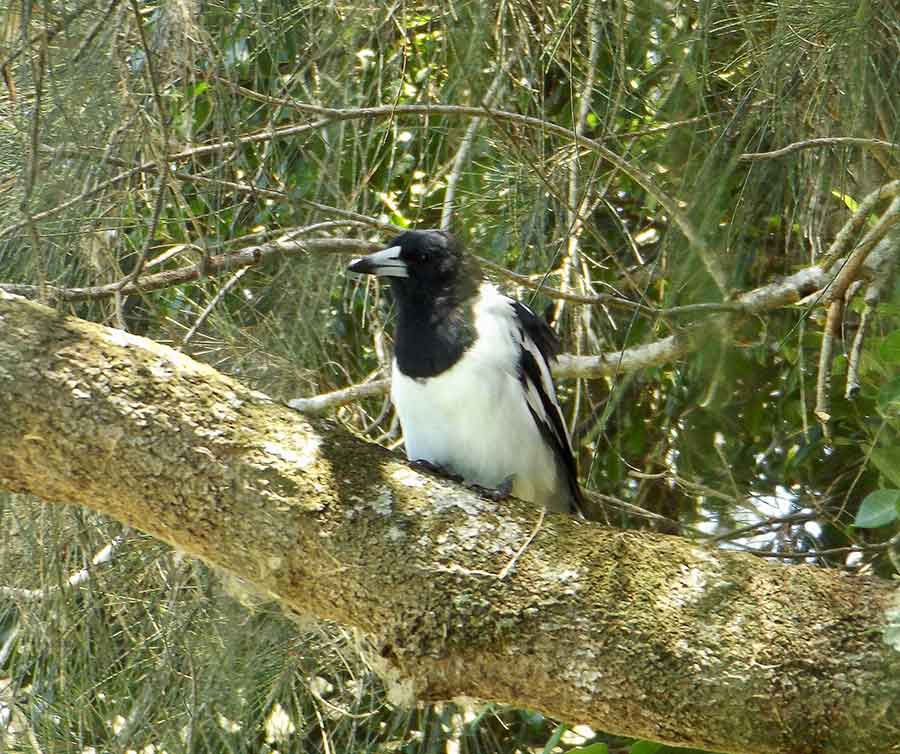
The adult later returned alone and sang beautifully, as well as muttering and chuckling; mimicry? I was surprised that its beak did not appear to be moving. Then it appeared close to my table, seeming to expect food as payment for its song. ‘Vegetarian, mate,’ I apologised. ‘No meat scraps here for you’.

The distinctive silhouette of a kingfisher caught my eye before it dived to catch whatever it was watching in the water. I could not see its colour well, but I think it was an Azure Kingfisher.
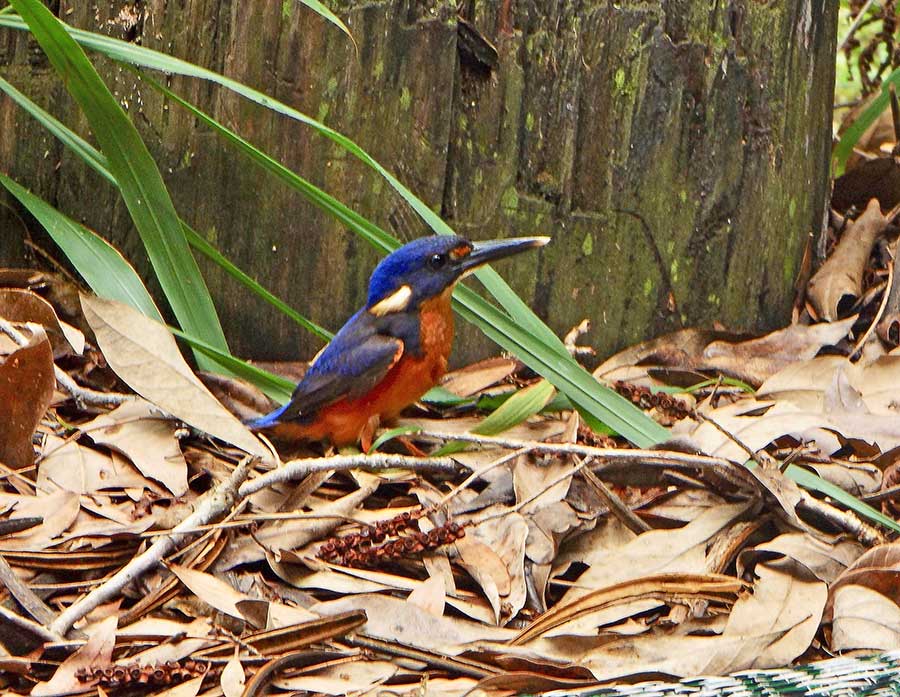
And then, when I got home the day after, the same species of bird, rarely seen by me, had stunned itself in my back yard. It could hop, but was not flying, and disappeared into my laundry to hide out. Definitely an Azure Kingfisher.
I let it be, and when I came down to check a few hours later, it had made its way towards the adjoining forest. Still hopping. I hoped no goanna would find it before it recovered fully. Such a coincidence: two sightings in two days.
